
One of the world’s leading publishers of printed classical and educational music.

William Walton Catalogue
- Text
- Walton
C13 To c c a t a C14
C13 To c c a t a C14 Fantasia Concertante 21 Recording: CD Kenneth Sillito / Hamish Milne. Chandos CHAN 9292 (1994); CHAN 9426 (1995) for violin and piano Date of composition: 1922–3 Holograph: Beinecke: GEN MSS 601 (FRKF 592). Duration: 15 minutes First performance: London, 6 Queen Square (Bloomsbury), 12 May 1925 (London Contemporary Music Centre Spring Concert); K. Goldsmith and Angus Morrison Other performances: Cambridge, Faculty of Music Hall, 11 and 12 January 1992 (incomplete); Kenneth Sillito and Hamish Milne • Oldham, Werneth Park Music Rooms, 15 March 1998 (complete version; broadcast on BBC Radio 3, 8 May 1998); Paul Barritt and Catherine Edwards • Rome, Cappella Paolina (Quirinale Palace), 21 March 2004 (broadcast by Italian Radio); Natascia Gazzana and Raffaella Gazzana Publication: WWE vol. 19, pp. 131–49 (2008) Bibliography: Hugh Macdonald, WWE vol. 19 • Raffaella Gazzana, ‘William Walton: Toccata per Violino e Pianoforte: Revisione’, Critica e Caratteri Stilistici (thesis, La Sapienza, Rome, 2003–4) • Times, 15 May 1925, p. 14 Note: Writing in the Boston Evening Transcript of 27 November 1926, Constant Lambert described Toccata as ‘a rhapsodical work showing traces of Bartok and even Sorabji. It has . . . a greater and more genuine vitality than the string quartet . . . and contains at least one excellent passage—an emotional middle section in which the lyrical quality we noticed in the Piano Quartet makes a welcome re-appearance though cast this time in a severer mould’. In a letter to Bruce Phillips (29 October 1987), Angus Morrison wrote of the Toccata: ‘I find going through it again after over 60 years a fascinating experience, both for what I still remember of it and for what I have totally forgotten. I have always remembered it as being very complicated— but it seems to me even more so now than it did at the time. I remember vividly those strange double-stoppings at the beginning—and the final very exuberant sections at the end, after the two cadenzas. (And incidentally the same clash of A major and A minor he used so much in the Viola Concerto.) And I think I recognise my own writing in the “steady” at the top of that page. It’s all very interesting—and very nostalgic! And I remember the supper afterwards with Willie, Sachie and Georgia Sitwell—and Jelly d’Arányi whom they had invited to come and hear it. (But she never expressed a wish to play it!)’ (OUP archive). C14 Fa n t a s i a Co n c e r t a n t e for two pianos, jazz band, and orchestra Date of composition: 1923–4 Holograph: whereabouts unknown Bibliography: Peter Dickinson, Marigold: The Music of Billy Mayerl (Oxford: OUP, 1999), 49–66, 223–9 • RT, 5 Oct 1923, p. 38 (conversation with Debroy Somers); 5 June 1925, p. 483 (‘Secrets of the Savoy Orpheans’); 3 July 1925, p. 51 (interview with George Gershwin); 20 July 1928, pp. 95, 103 (‘The Future of Jazz’ by Constant Lambert) Note: Debroy Somers was appointed as arranger and adviser to the Savoy Havana Band (originally formed by the American band leader Bert Ralton) in 1920. He proved to be such a success in this part that it came as no surprise when, in October 1923, he was asked to form a large dance band, eleven strong, to be known as the Savoy Orpheans. They made their first BBC broadcast in October 1923 and during the ensuing years also made a number of public appearances, the first being at the London Hippodrome in 1923. In a letter to the present author, Walton said that Richmond Temple, a director of the Savoy Hotel and friend of Osbert Sitwell, introduced him to Debroy Somers in 1923 but it is not clear whether Somers asked Walton to compose pieces for the band (letter, 25 February 1978, Craggs archive). In an interview in the Sunday Telegraph of 25 March 1962, Walton said that ‘In the early days I did do some arrangements for that dance band . . . and tried to write those sorts of tunes, but I wasn’t slick enough, somehow.’ Angus Morrison recalled that, ‘About the jazz improvisations WW and I did together. When I was living in Oakley Street, a friend lent me a second piano for a few months. During that time, WW would sometimes come round from Carlyle Square and we would improvise and devise jazz tunes on the two pianos—foxtrots, blues, etc. None of them were ever written down to my knowledge—and when the piano departed, the sessions came to an end’ (letter, 4 September 1976, Craggs archive). Constant Lambert also makes reference to it in the Boston Evening Transcript of 27 November 1926: ‘For more than a year he [Walton] did nothing but study jazz, writing and scoring foxtrots for the Savoy Orpheans Band and working at a monumentally planned concerto for two pianofortes, For perusal purposes only
22 C15 Bucolic Comedies jazz band and orchestra. Although the concerto was finished and about to be performed, Walton suddenly abandoned the jazz style in a fit of disgust.’ Due to the growing popularity of, and interest in, jazz, a number of concerts were planned with the purpose of making it ‘respectable’. Five of these were given in 1925 at Queen’s Hall by the Savoy Orpheans (augmented to the status of ‘symphonic orchestra’ with 26 players), together with the Savoy-Havana Band (eight players, under its violin leader, Ramon Newton) and the Boston Orchestra (five players, led by its saxophonist, H. Jacobs). Pianists included Billy Mayerl and Billy Thorburn. An added attraction in that year was the visit to London of George Gershwin and the performance of his Rhapsody in Blue with the Savoy Orpheans in the Savoy Hotel Ballroom on 15 June. A public performance followed at Queen’s Hall in October 1925. Walton was introduced to him and he presented Gershwin with an inscribed copy of his Piano Quartet (C7), dated 28 May 1925, to mark the occasion. It may have been Walton’s hope that his Fantasia might have been performed at one of these concerts. Writing to his mother on 4 May 1925, Walton wrote ‘I have to see what can be done with my concerto with these Savoy people. Though I am afraid that there is only a remote chance of anything satisfactory coming of it’ (WW archive). In a letter to the present writer, dated 9 February 1976, William de Mornys (director of the dance bands at the Savoy Hotel) remembered Walton coming to the Savoy Orpheans and having meetings with Debroy Somers. He added, ‘about that time, George Gershwin came to London and [played] his Rhapsody in Blue. At the Savoy it had a snob success. On the concert platform at the Queen’s Hall, it had no success and worse on the provincial tours. There was no interest then with that type of music and I feared for the Fantasia’ (Craggs archive). In an article ‘Some recent works by William Walton’, published in The Dominant (vol. 1, no. 4, February 1928, pp. 16–19), Constant Lambert briefly refers to the work and adds, ‘[it is] to be published by the Oxford University Press.’ C15 Bu c o l i c Co m e d i e s five songs for voice and instruments Text: Edith Sitwell, published April 1923 Date of composition: 1923–4 Holograph: whereabouts unknown Instrumentation: unable to trace; three had an accompaniment of six instruments Note: Walton is said to have converted certain numbers from Façade into songs which he called ‘Bucolic Comedies.’ These were never published, but revised versions of three of them appeared in 1932 as the Three Songs (C26). The last two were ‘Through gilded trellises’ and ‘Old Sir Faulk’. C16 A So n of He ave n incidental music for tragic melodrama in four acts by Lytton Strachey (1880–1932) Date of composition: 1924–5 Holograph: whereabouts unknown Instrumentation: unable to trace First performance: London, Scala Theatre (in aid of the funds of the London Society for Women’s Service), Sunday evening, 12 July 1925 and matinee on the following day; orchestra conducted by William Walton. (The timpanist was Constant Lambert.) Producer: Alec Penrose; scenery and costumes designed by Duncan Grant; scenes executed by Alick Johnstone; director: Frederick G. Lloyd. Other performances: London, New Lindsey Theatre Club, 2 May 1949 (there is no mention of any incidental music in the programme) Bibliography: Michael Holroyd, Lytton Strachey: A Critical Biography, vol. 2 (London: Heinemann, 1968), 508–12 • The Stage, 16 July 1925, p. 16; Times, 14 July 1925, p. 12; 3 May 1949, p. 7 Note: The music may have consisted of an overture and an entr’acte. According to Constant Lambert, ‘So great indeed was his obsession with ragtime that even when writing incidental music for Lytton Strachey’s Chinese melodrama A Son of Heaven, he was unable to prevent some unmistakable touches of Gershwin from entering the score’ (Boston Evening Transcript, 27 November 1926). In the review in The Stage (16 July 1925), the music was described as ‘ambitious and decidedly heavy, composed by W. T. Walton who conducted a proficient small orchestra’. For perusal purposes only C17 Po r t s m o u t h Po i n t overture for orchestra after an etching by Thomas Rowlandson (1756–1827)
- Page 2 and 3:
General Editor: DAVID LLOYD-JONES C
- Page 4 and 5:
CONTENTS Introduction - James Brook
- Page 6 and 7:
Anyone taking this volume down from
- Page 8 and 9: ORGANIZATION OF THE CATALOGUE This
- Page 10 and 11: WILLIAM WALTON EDITION General Edit
- Page 12 and 13: ACKNOWLEDGEMENTS I am deeply indebt
- Page 14 and 15: Bibliographical abbreviations Add.M
- Page 16 and 17: SELECTIVE CHRONOLOGY 1866 11 Oct Lo
- Page 18 and 19: SELECTIVE CHRONOLOGY xix 1943 Feb o
- Page 20 and 21: SELECTIVE CHRONOLOGY xxi Nov Sympho
- Page 22 and 23: facsimiles For perusal purposes onl
- Page 24 and 25: facsimiles xxv For perusal purposes
- Page 26 and 27: facsimiles xxvii For perusal purpos
- Page 28 and 29: facsimiles xxix For perusal purpose
- Page 30 and 31: facsimiles xxxi For perusal purpose
- Page 32 and 33: facsimiles xxxiii For perusal purpo
- Page 34 and 35: List OF MAIN TITLES xxxv Romeo and
- Page 36 and 37: the catalogue For perusal purposes
- Page 38 and 39: C1 A Li t a n y partsong in four pa
- Page 40 and 41: Nos. 1-3 Date of composition: July
- Page 42 and 43: C9 Th e Pa s s i o n a t e Sh e p h
- Page 44 and 45: 16. Valse (‘Daisy and Lily’) Th
- Page 46 and 47: Passengers Only: A Social Tragedy i
- Page 48 and 49: Eskdale (tpt), Willem de Mont (vc),
- Page 50 and 51: Façade 2: A Further Entertainment
- Page 52 and 53: First performance: 24 January 1922
- Page 54 and 55: C12g Ballet in One Act (Based on th
- Page 56 and 57: 1. Tango-Pasodoblé 2. Swiss Jodell
- Page 60 and 61: C17 PORTSMOUTH POINT 23 Date of com
- Page 62 and 63: C18 Ro m e o an d Ju l i e t Ballet
- Page 64 and 65: C21 Si n f o n i a Co n c e r t a n
- Page 66 and 67: C22 Concerto for Viola and Orchestr
- Page 68 and 69: First performance: London, Royal Fe
- Page 70 and 71: From 17 April to 23 August 1948, I
- Page 72 and 73: Other early performances: London, S
- Page 74 and 75: C28 Es c a p e Me Ne v e r music fo
- Page 76 and 77: Faber, 1996), 187-8 • David Vaugh
- Page 78 and 79: OCB 299-2 Cue 21-22 [David playing
- Page 80 and 81: C32 Dr e a m i n g Li p s music for
- Page 82 and 83: Duration: 7 minutes Instrumentation
- Page 84 and 85: First London performance: Queen’s
- Page 86 and 87: C37 Concerto for Violin and Orchest
- Page 88 and 89: C37 Concerto for Violin and Orchest
- Page 90 and 91: Publication: WWE vol. 3, pp. 1-99 (
- Page 92 and 93: (b) Incidental music for Uncle Harr
- Page 94 and 95: minute Galop (the right title under
- Page 96 and 97: of the shelter to meeting; Barbara
- Page 98 and 99: Division at this point, after he ha
- Page 100 and 101: y John Burrell. Broadcast on 7 Octo
- Page 102 and 103: Houldsworth Hall, 24 May 1943 (spec
- Page 104 and 105: Other versions C46a Christopher Col
- Page 106 and 107: A copy is also in the National Soun
- Page 108 and 109:
of added brass, percussion and pian
- Page 110 and 111:
First USA showings: Boston, Esquire
- Page 112 and 113:
C50 Henry V 75 C50g Passacaglia:
- Page 114 and 115:
1946, p .4; 26 April 1946, p. 16; T
- Page 116 and 117:
duel; Entry of the court (with fanf
- Page 118 and 119:
Dedication: To Diana and Griselda [
- Page 120 and 121:
y the BBC on television and radio);
- Page 122 and 123:
expressed a strong wish to dedicate
- Page 124 and 125:
Principals: Calkas, High Priest of
- Page 126 and 127:
(D. Drew); Opera 14 (June 1963), 41
- Page 128 and 129:
Bibliography: Opera Canada 49 (Sept
- Page 130 and 131:
C63b A Shakespeare Suite from Richa
- Page 132 and 133:
C65 C65 Concerto for Violoncello an
- Page 134 and 135:
C68 Symphony No. 2 97 Commissioned
- Page 136 and 137:
Bibliography: David Lloyd-Jones, WW
- Page 138 and 139:
Recordings: CD Bach Choir / David W
- Page 140 and 141:
C76 Variations on a Theme by Hindem
- Page 142 and 143:
Holograph: Beinecke: GEN MSS 601 (F
- Page 144 and 145:
Dedication: To André Kostelanetz.
- Page 146 and 147:
C82 Improvisations on an Impromptu
- Page 148 and 149:
C86 Five Bagatelles 111 This work w
- Page 150 and 151:
C89 Anniversary Fanfare 113 Recordi
- Page 152 and 153:
C93 Roaring Fanfare 115 with Ian Fo
- Page 154 and 155:
C99 A Birthday Fanfare 117 Publicat
- Page 156 and 157:
GENERAl bibliography Anson, H. ‘T
- Page 158 and 159:
Foss, H. J. ‘William Walton’, H
- Page 160 and 161:
Kennedy, M. ‘Walton’s Isle Full
- Page 162 and 163:
Riley, M., ed., British Music and M
- Page 164 and 165:
personalia ABERCONWAY, Lady Christa
- Page 166 and 167:
and 1930s. Commissioned Walton for
- Page 168 and 169:
which he founded in 1946. Married t
- Page 170 and 171:
Irish Academy of Music. Both the Sa
- Page 172 and 173:
Orb and Sceptre Arr. for military b
- Page 174 and 175:
First Shoot, The Arr. for orchestra
- Page 176 and 177:
INDEX OF AUTHORS OF TEXTS Arnold, M
- Page 178 and 179:
Lord, now lettest thou thy servant
- Page 180 and 181:
Mayer, (Lady) Dorothy Moulton Canti
- Page 182 and 183:
Bantock, (Sir) Granville 34 Barber,
- Page 184 and 185:
Cathedral Church of Christ Church,
- Page 186 and 187:
Elms, Simon 117 Emery, Terence 13 E
- Page 188 and 189:
Hastings, Municipal Orchestra 44 Ha
- Page 190 and 191:
Laurence Olivier Memorial Service (
- Page 192 and 193:
Nabokov, Vladimir 107 Naismith, Nor
- Page 194 and 195:
Rosen, Carole 48, 66 Rosenstock, Jo
- Page 196 and 197:
Tate, Ohyiils 129 Tausky, Vilem 11,
- Page 198 and 199:
Wymark, Patrick 107 Wyndham Lewis,
- Page 200 and 201:
allet choreographed by Lindsay Kemp
- Page 202:
Sonata for String Orchestra (Quarte
Inappropriate
Loading...
Mail this publication
Loading...
Embed
Loading...
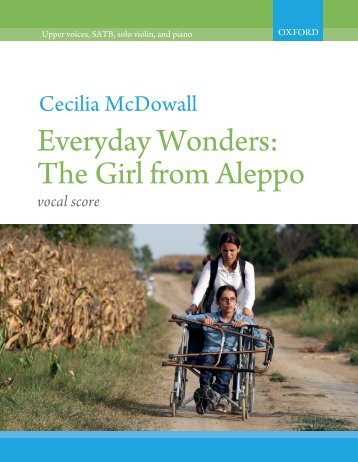

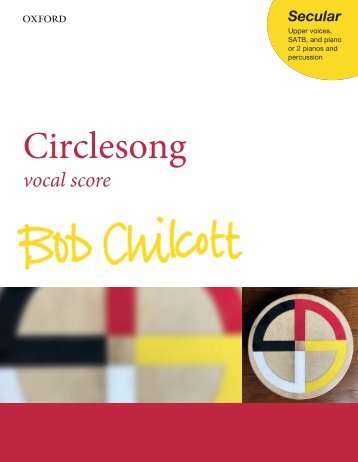
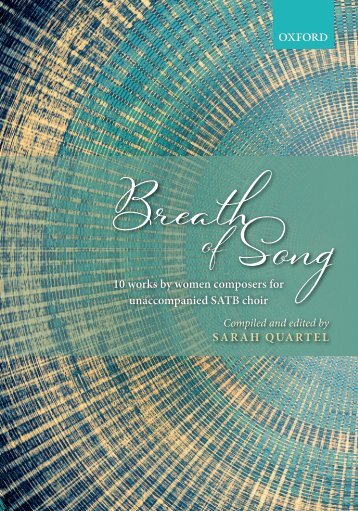
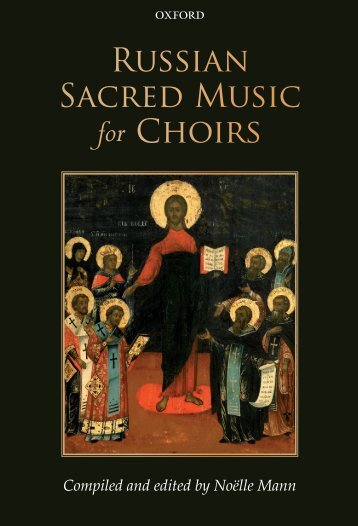

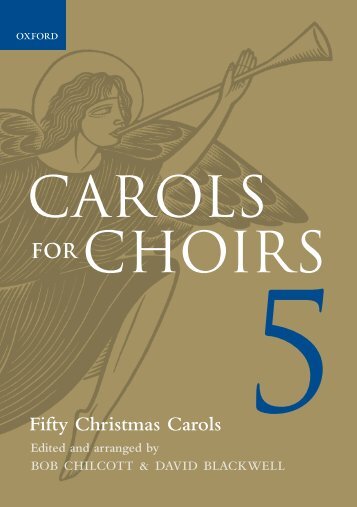

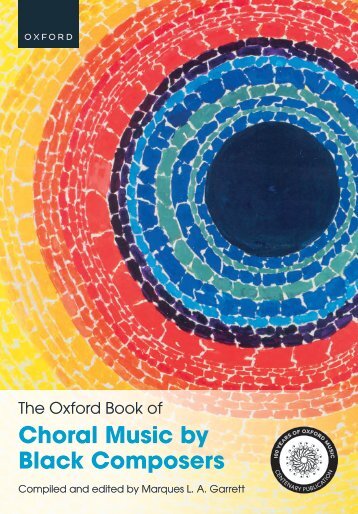
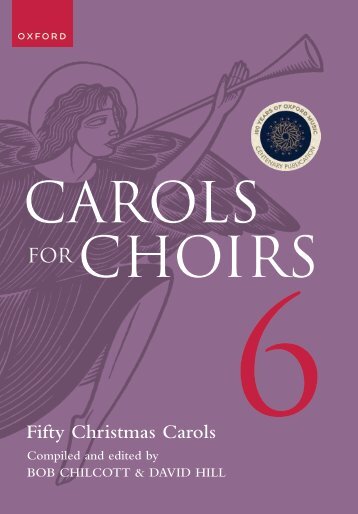

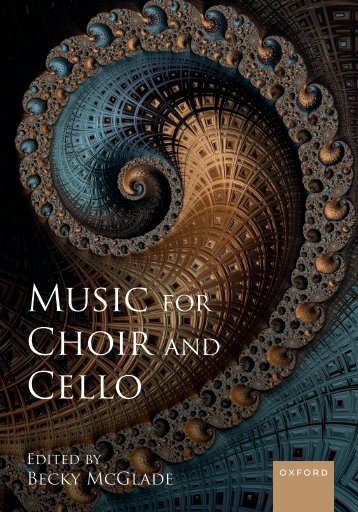

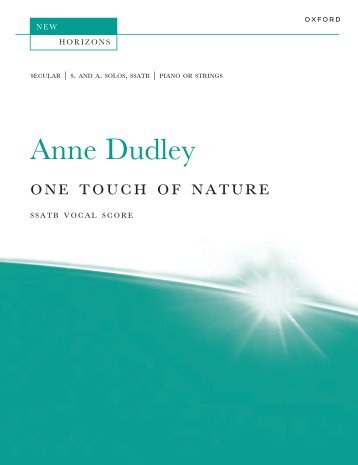

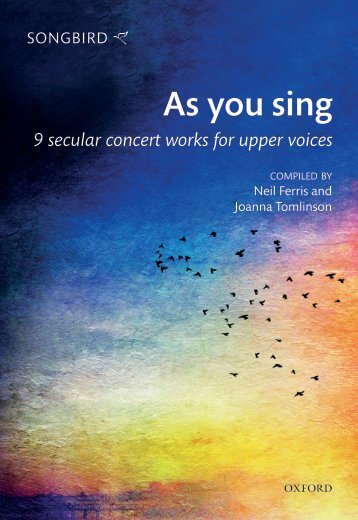
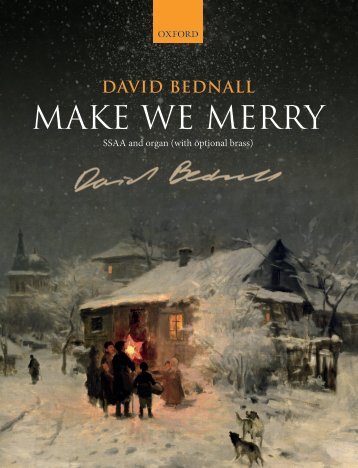
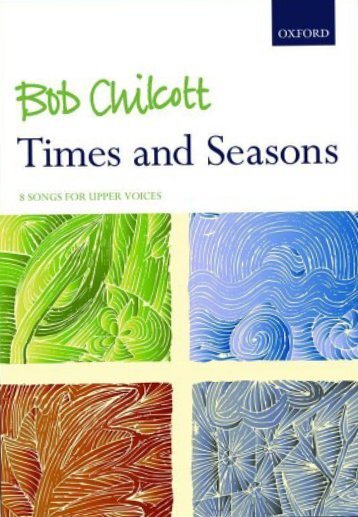


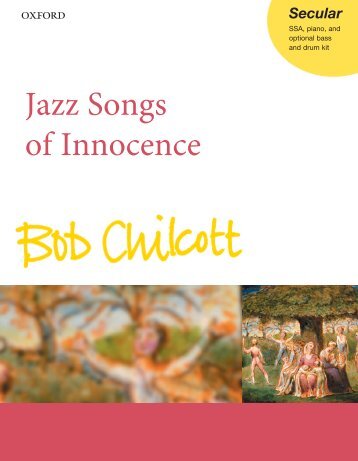
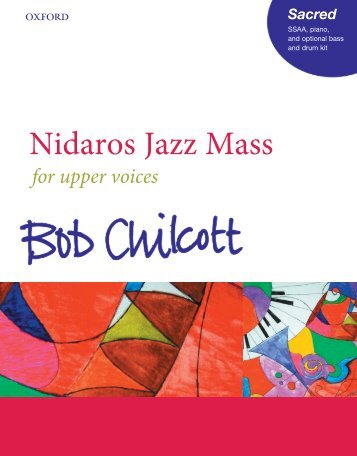
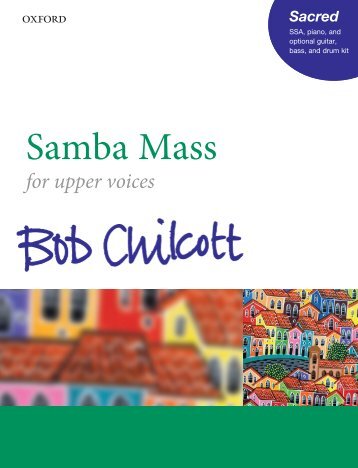


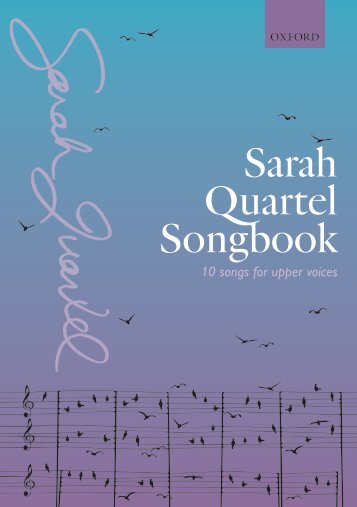
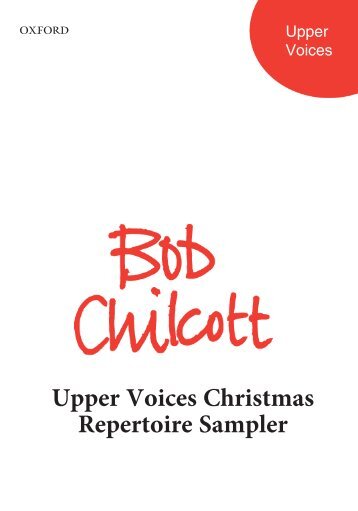

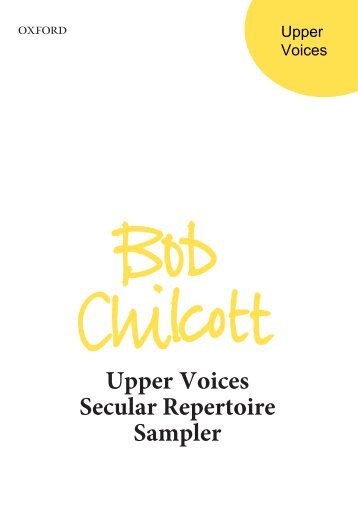

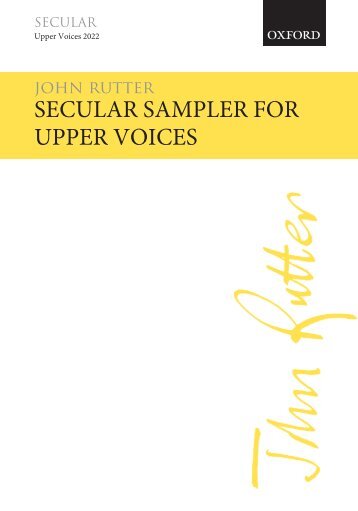
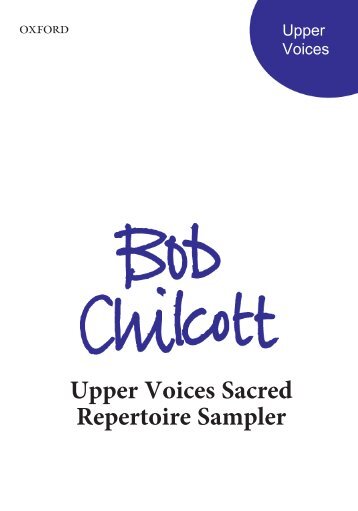


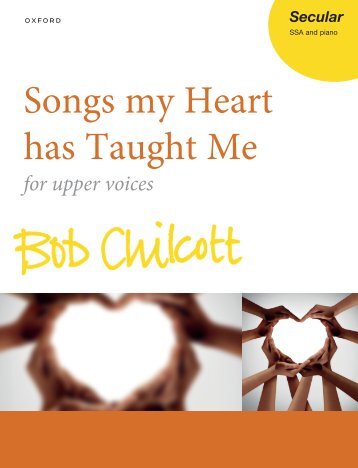
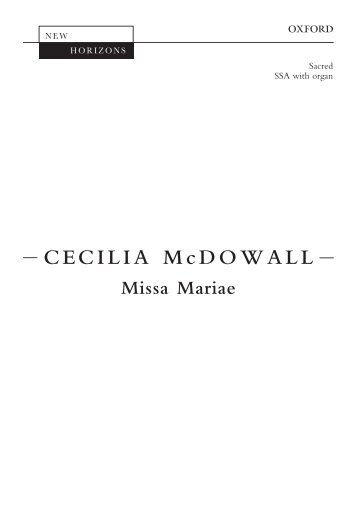
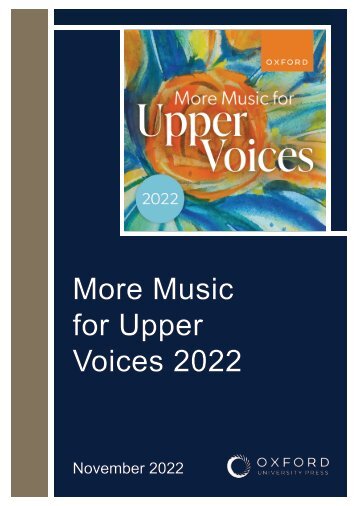
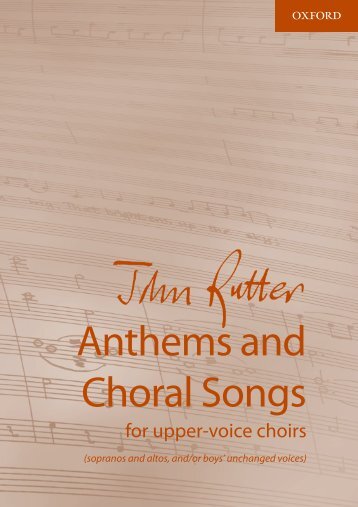

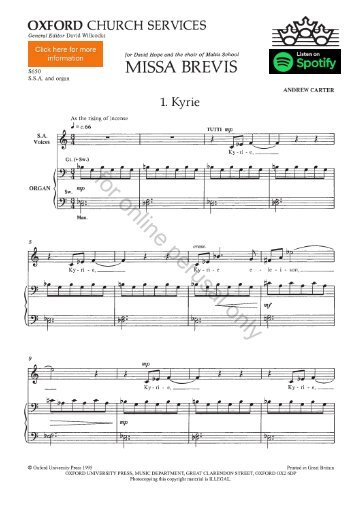
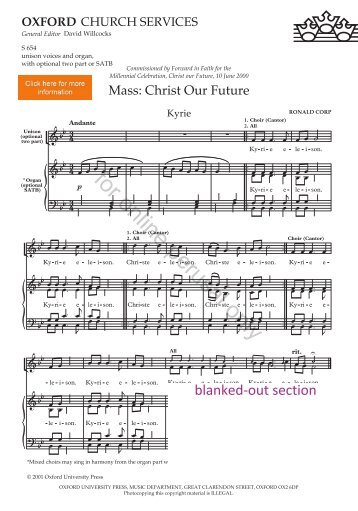
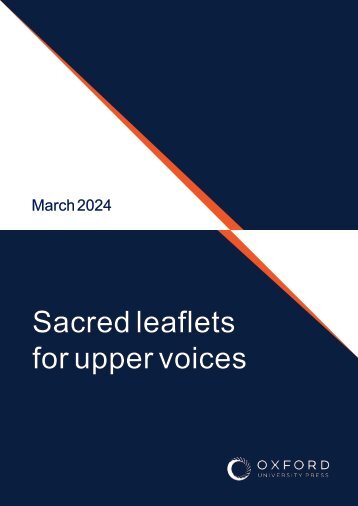
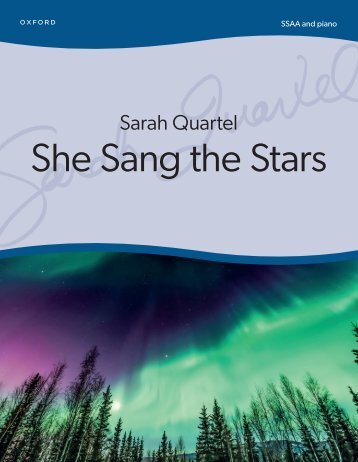

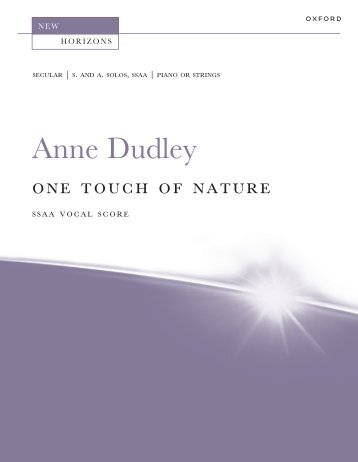
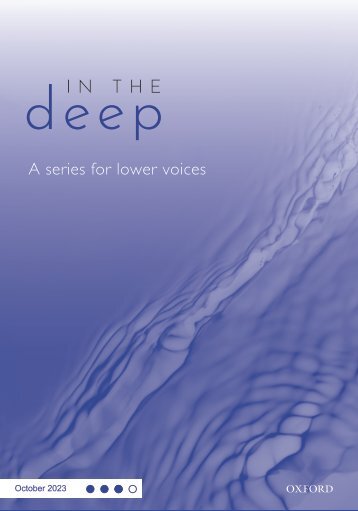
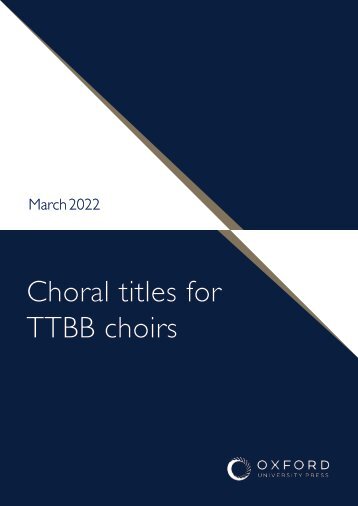
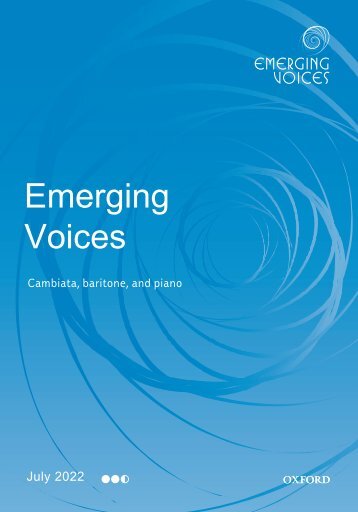
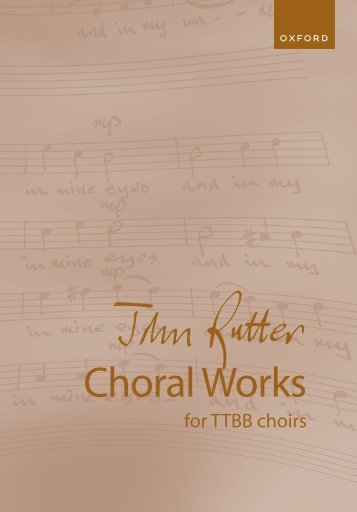
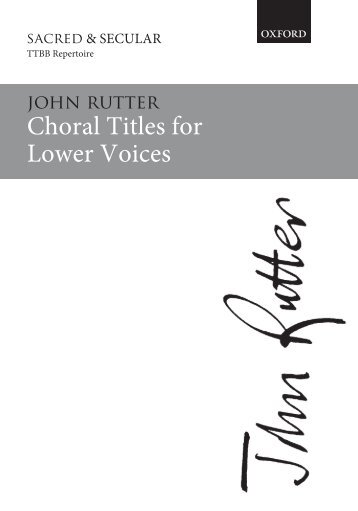
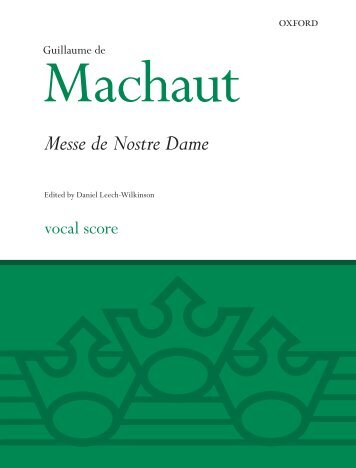
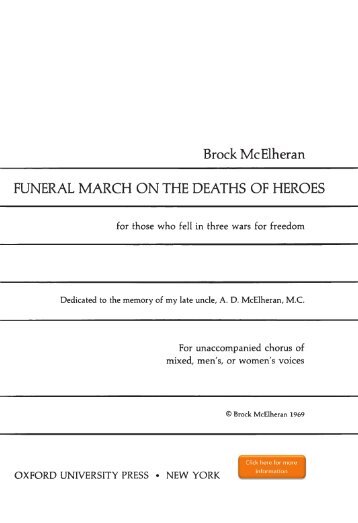

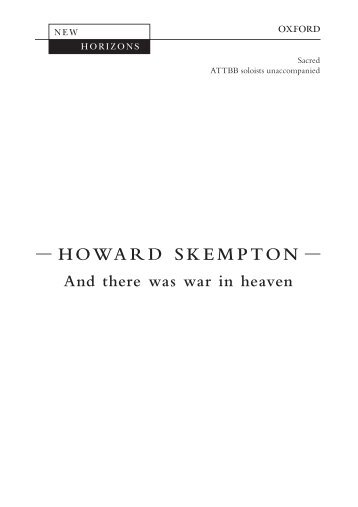
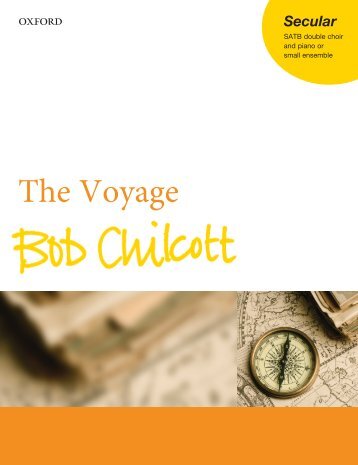
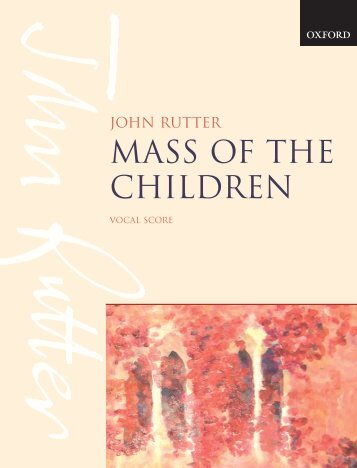
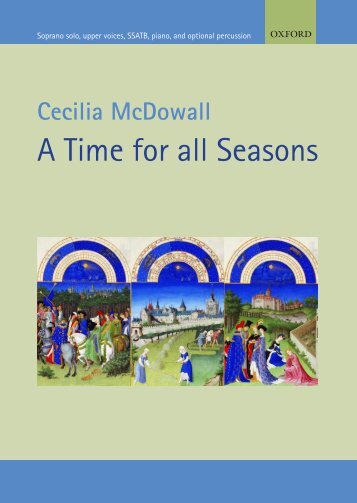
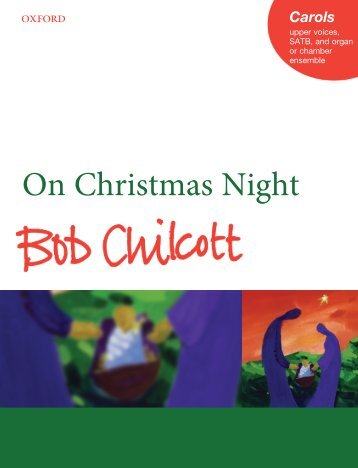
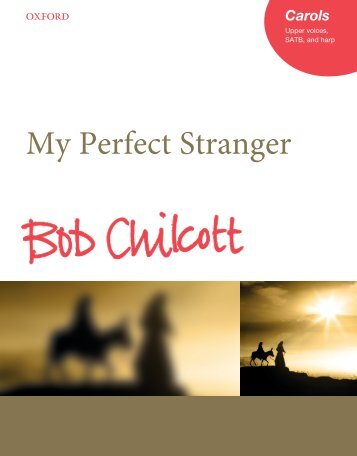
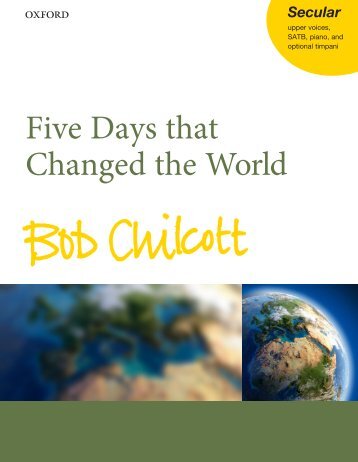
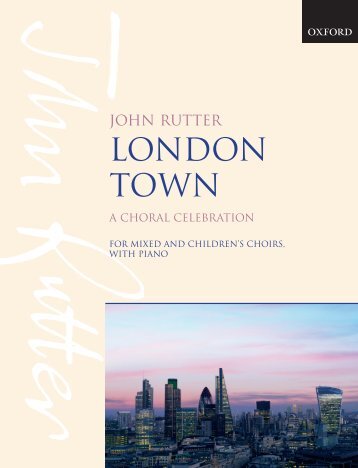

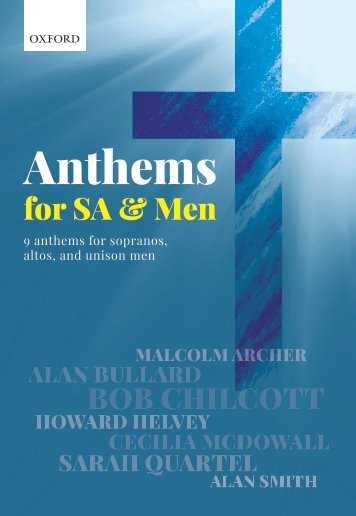
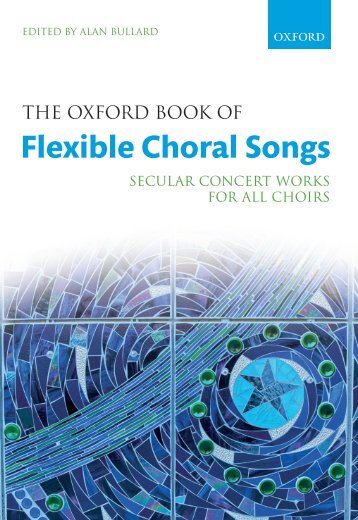
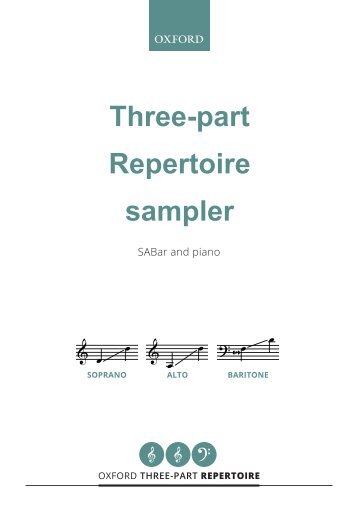

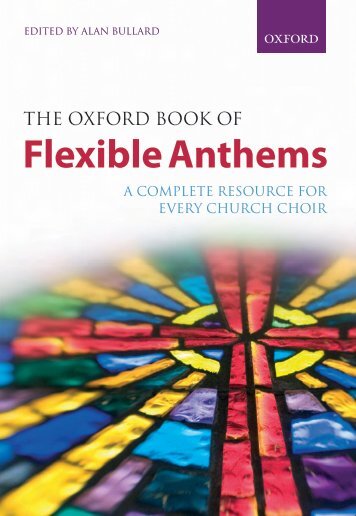


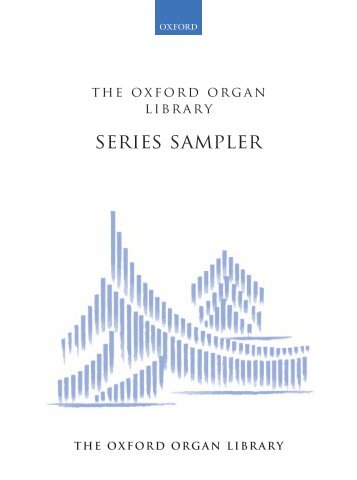
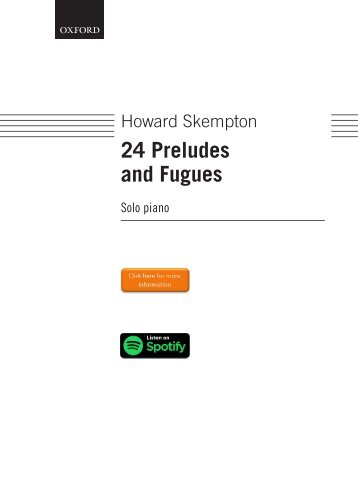
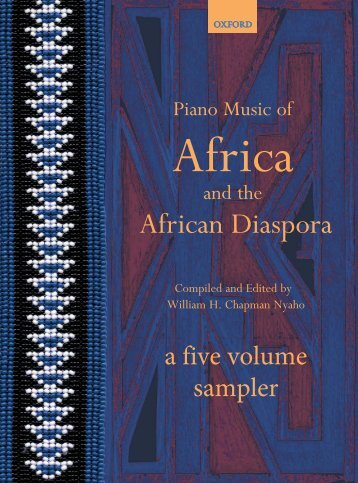
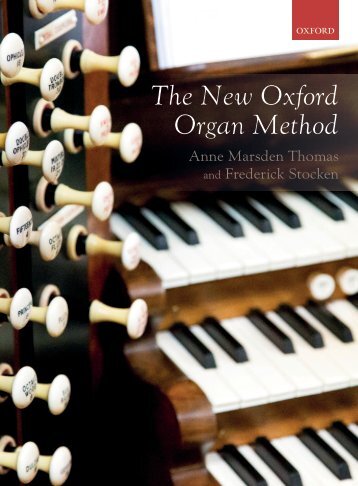
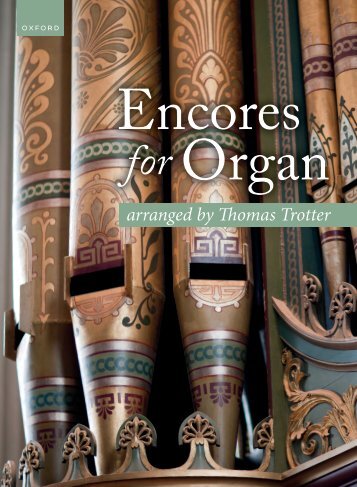


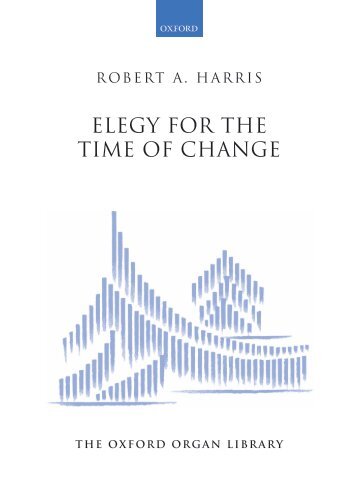


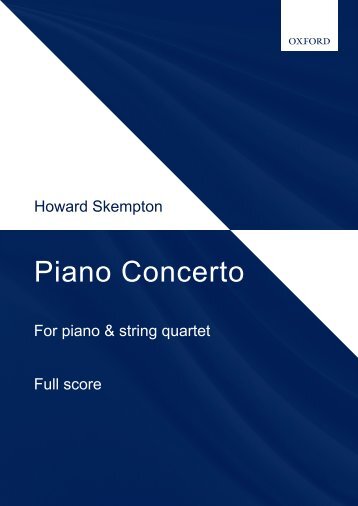
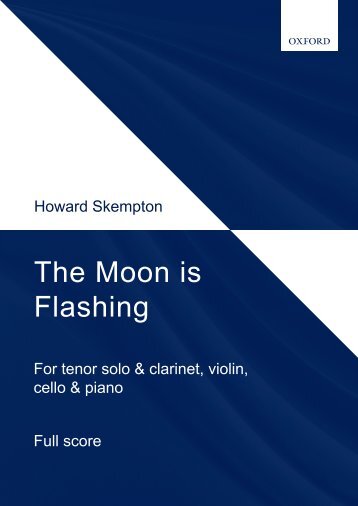
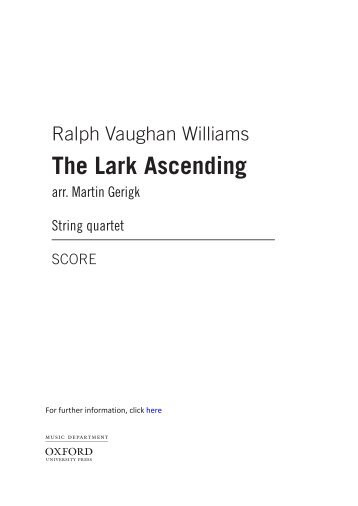
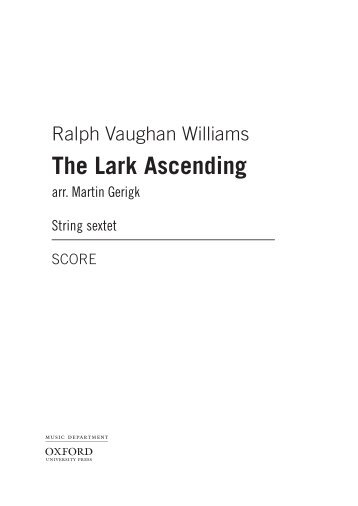
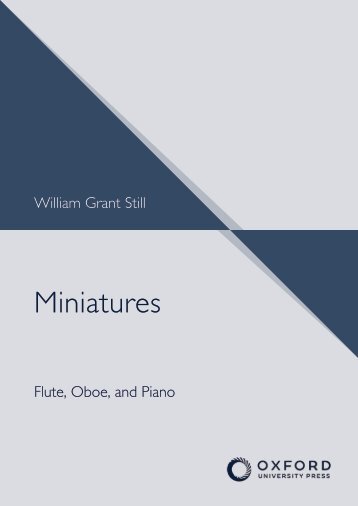
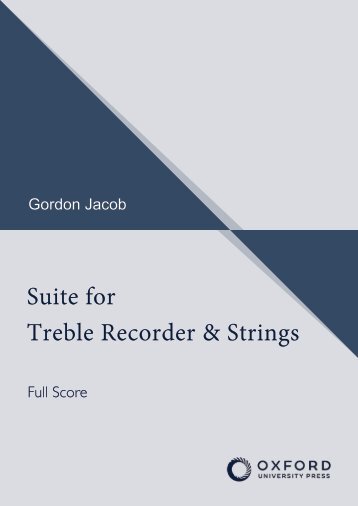
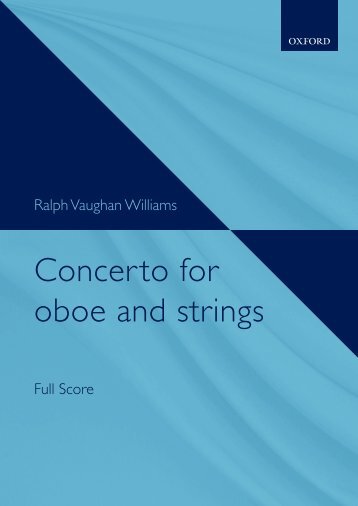
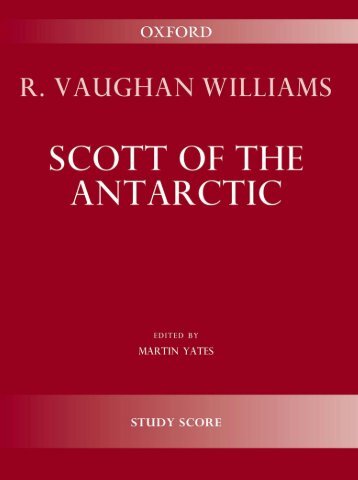
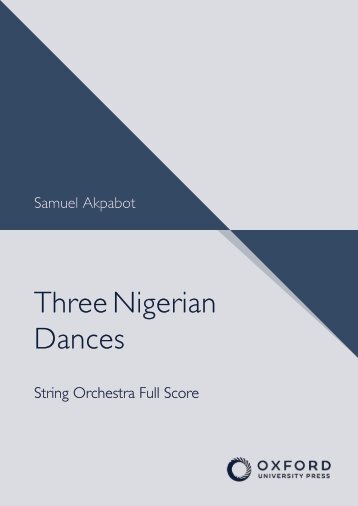


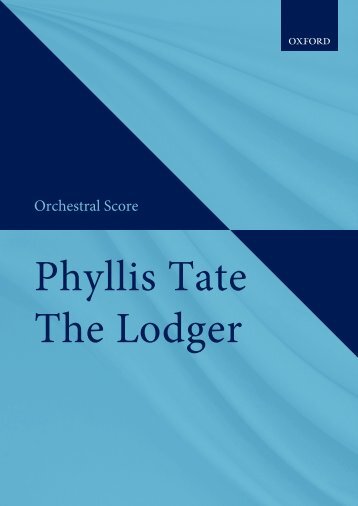

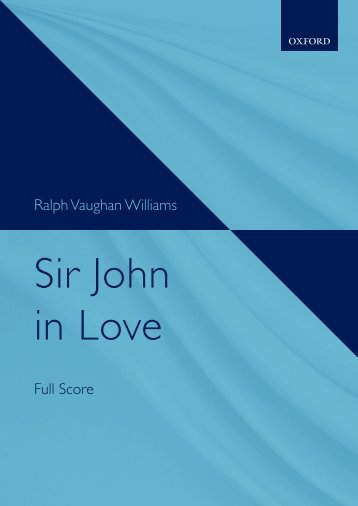


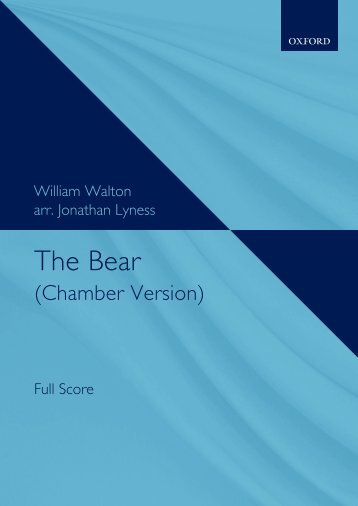

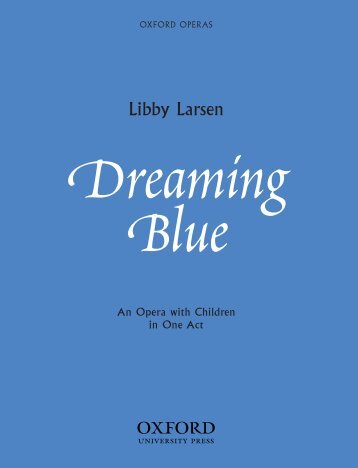
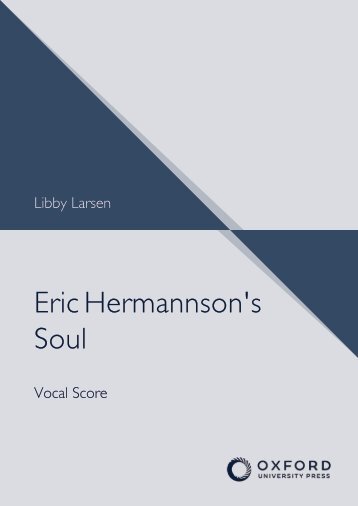
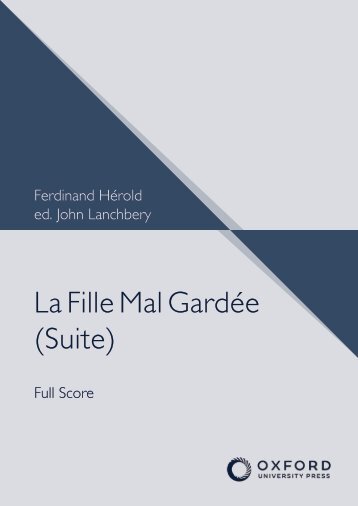
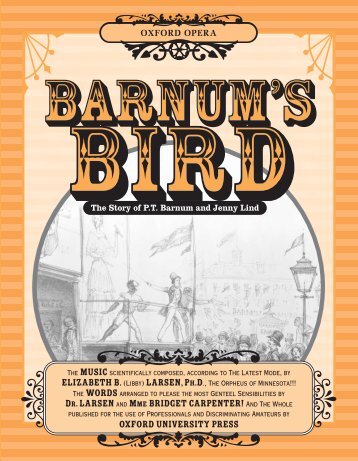




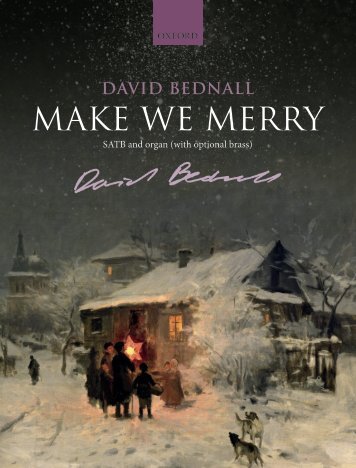
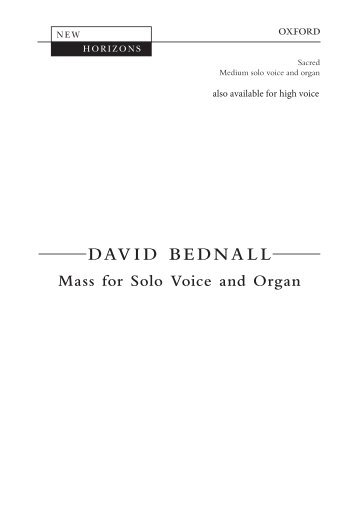
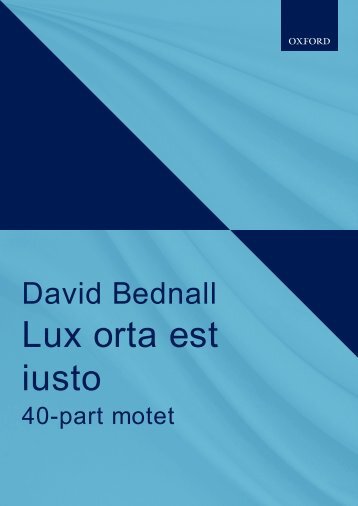


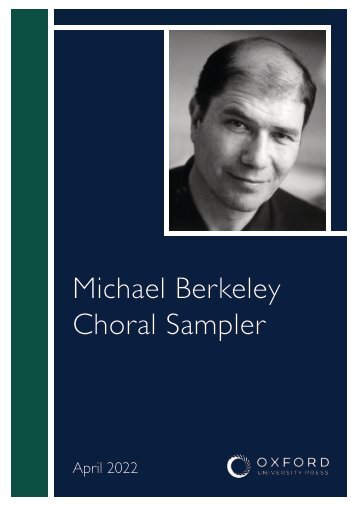
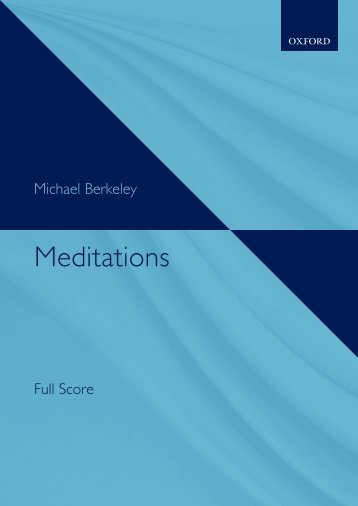
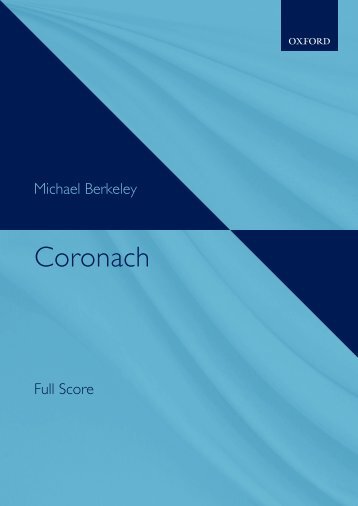
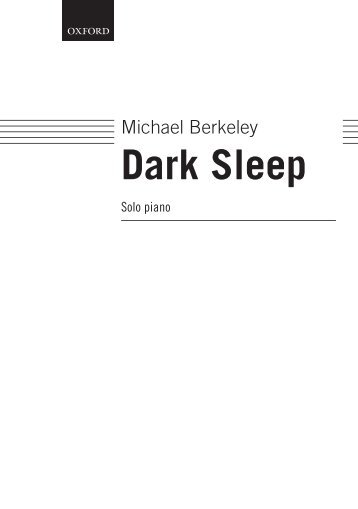

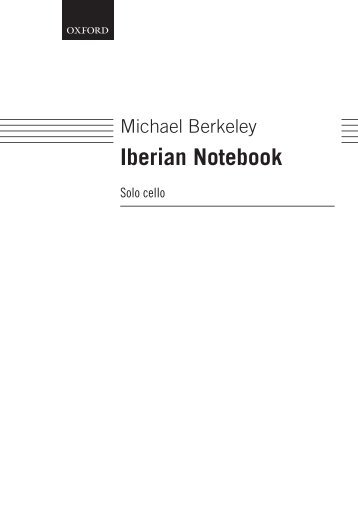


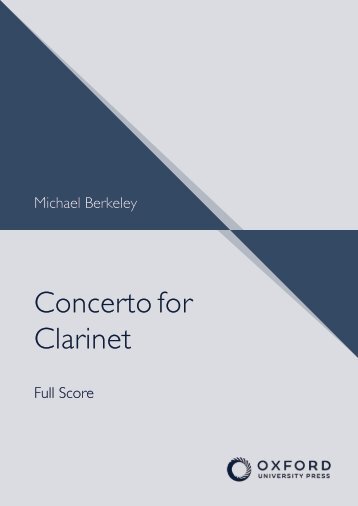

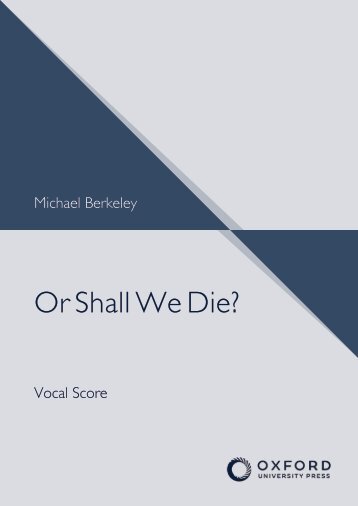

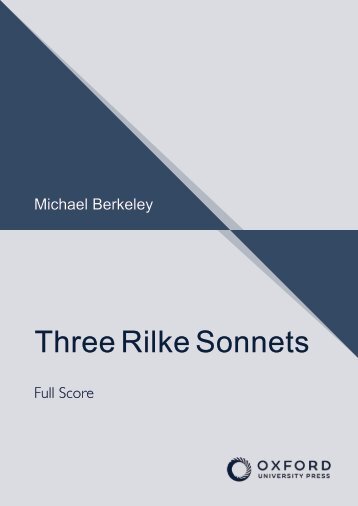
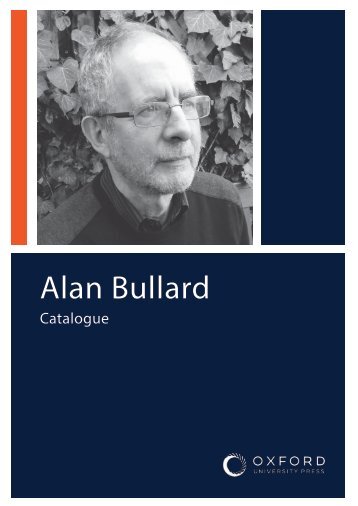
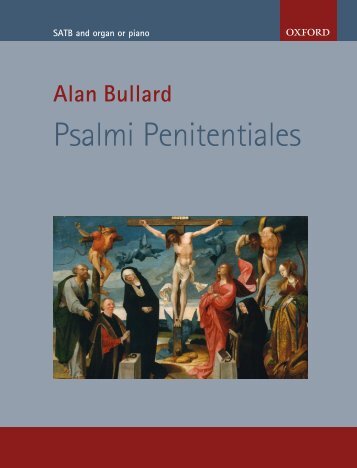
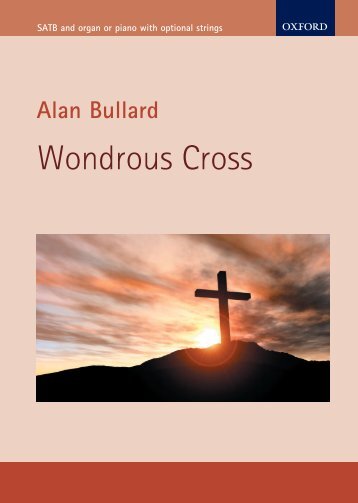
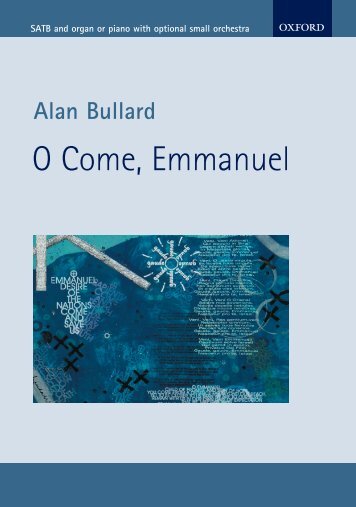
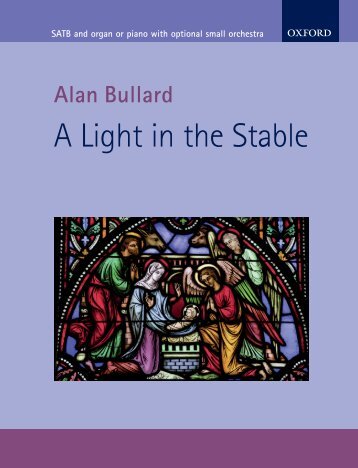
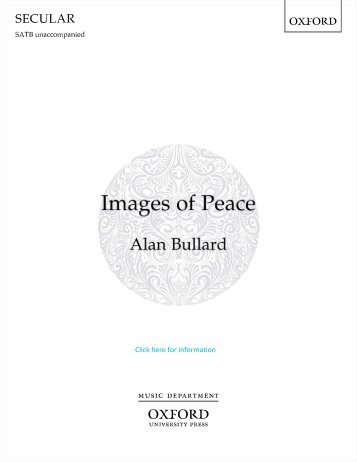
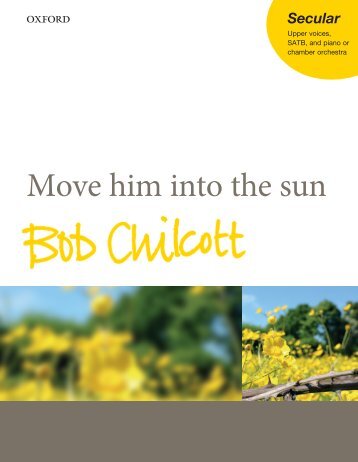
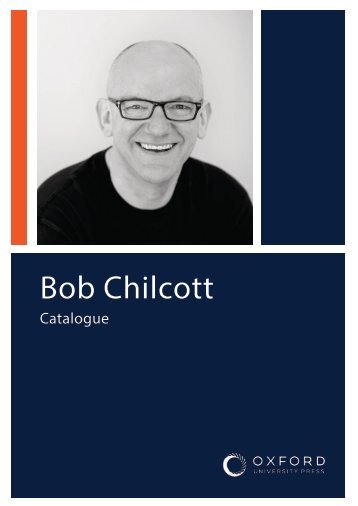
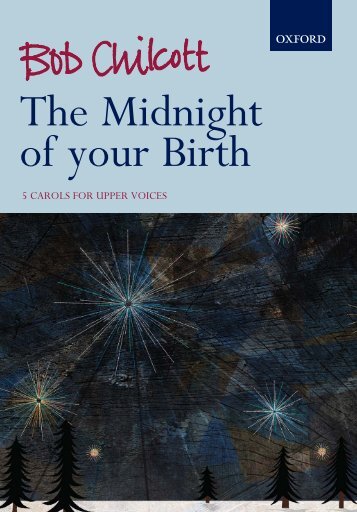
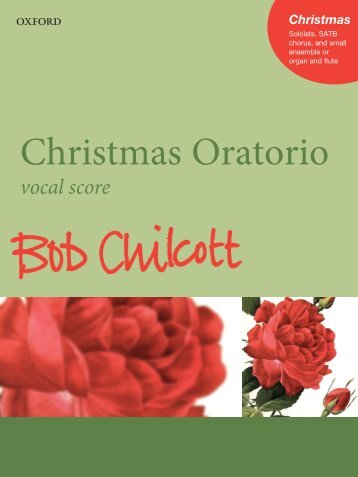
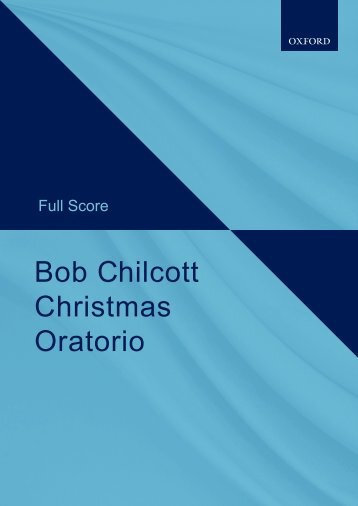


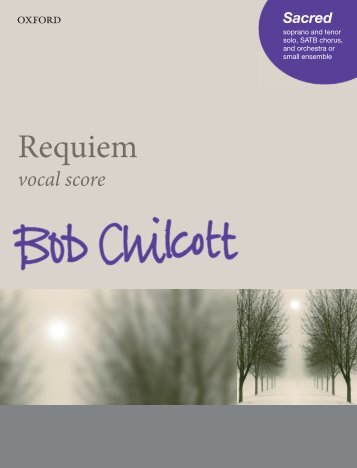


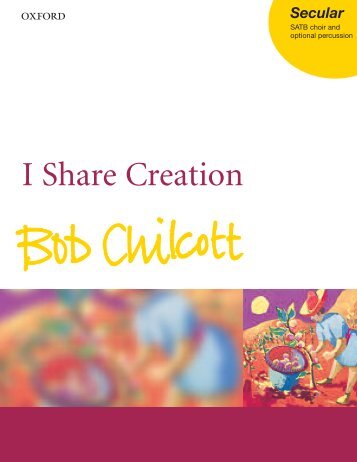
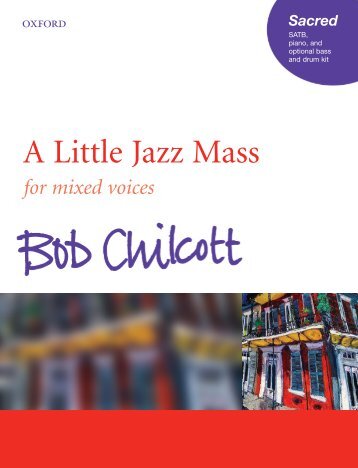
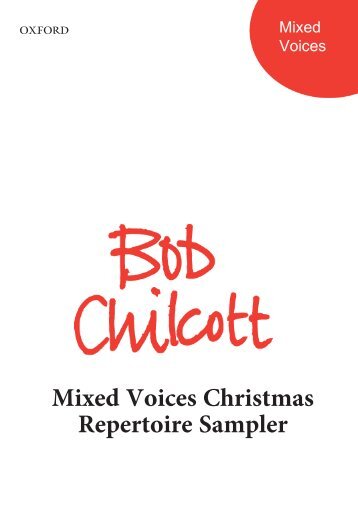
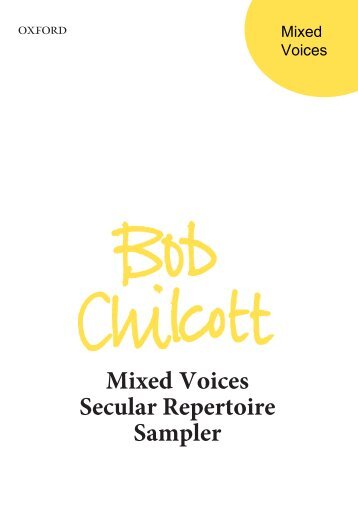

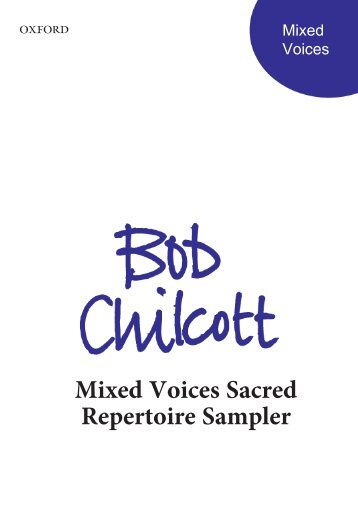

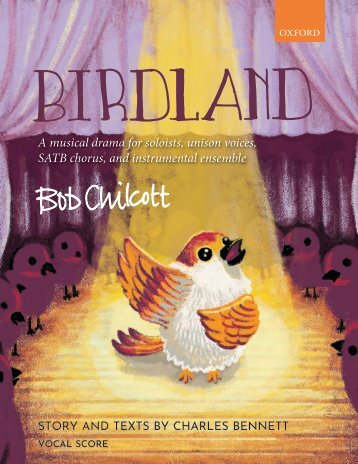

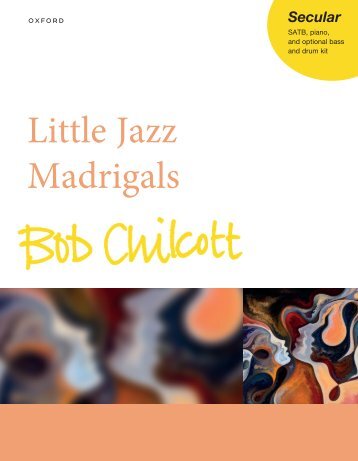




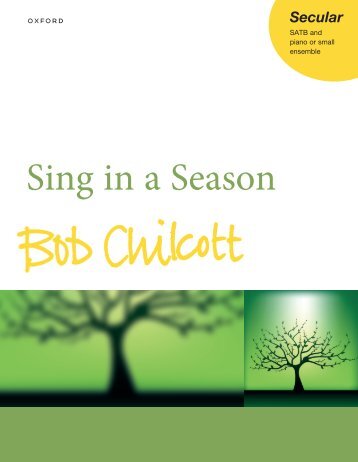
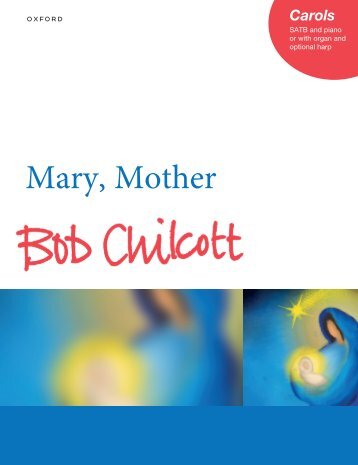
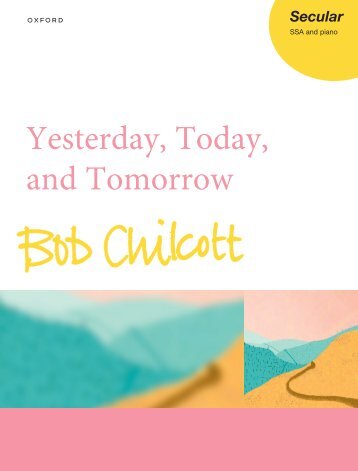
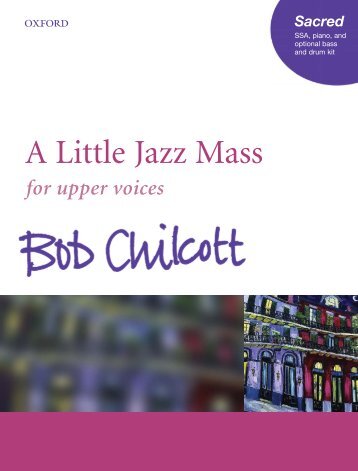

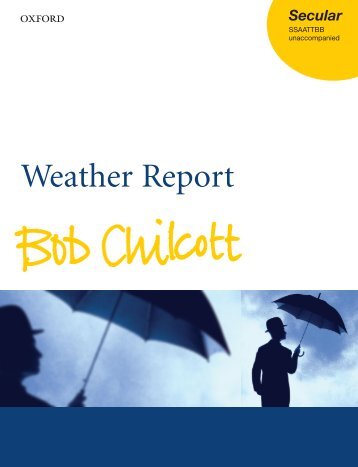
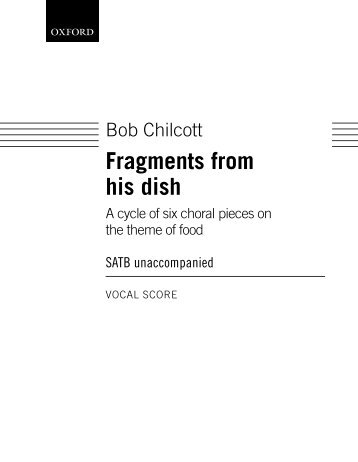

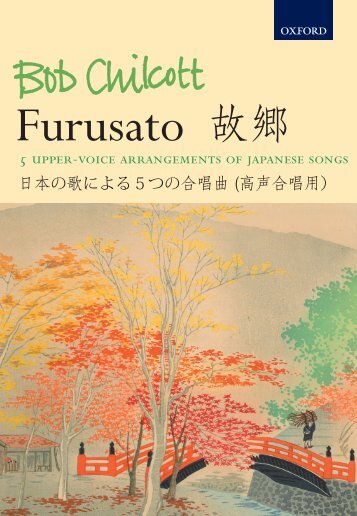


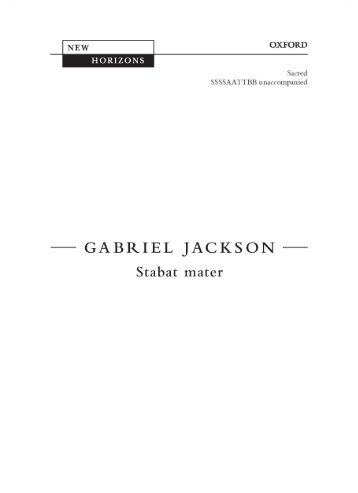
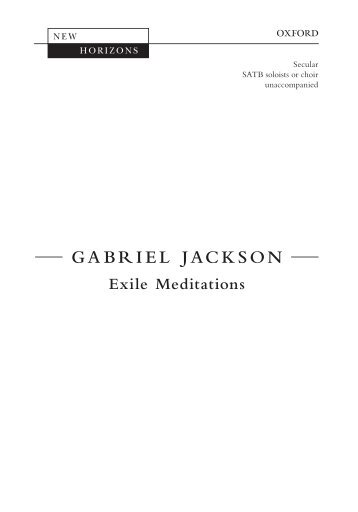
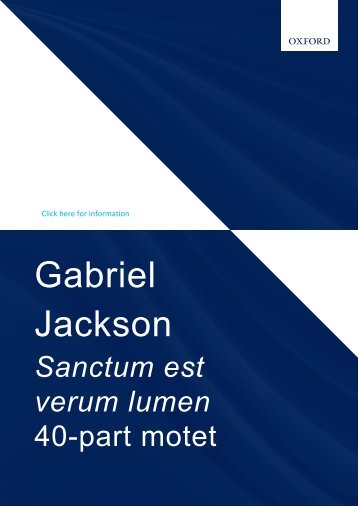
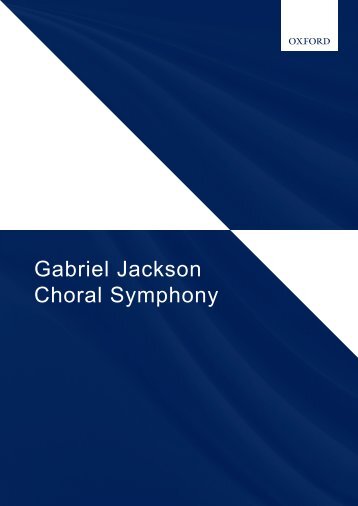

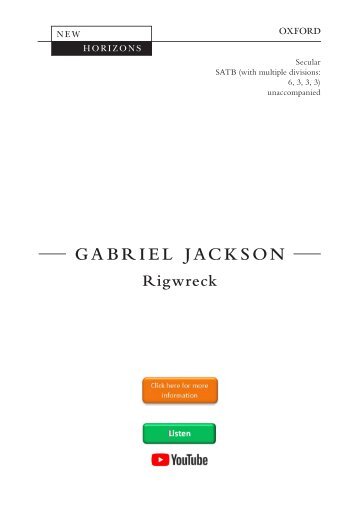
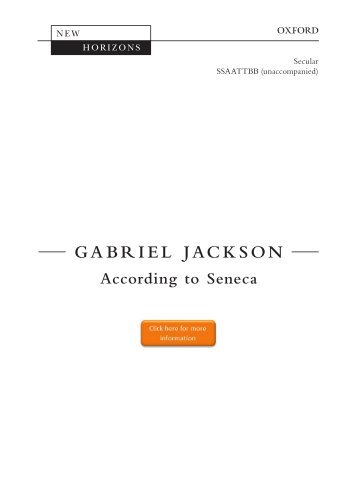
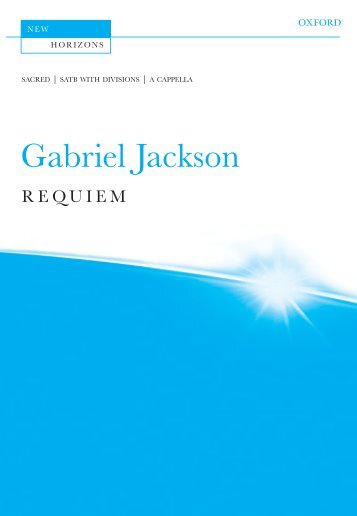
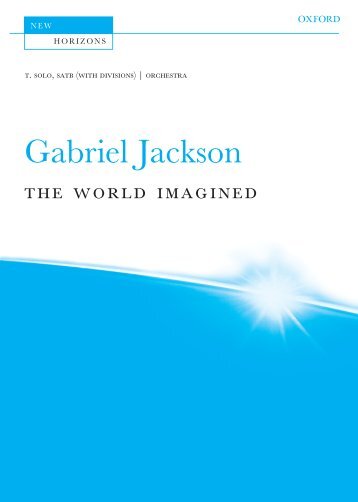
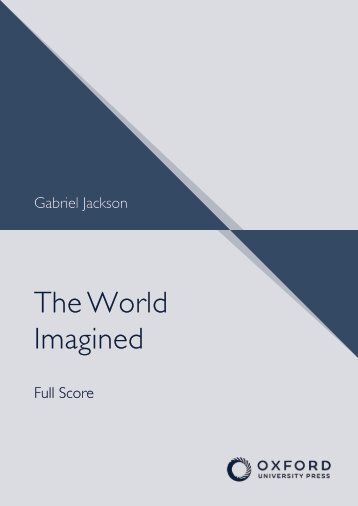
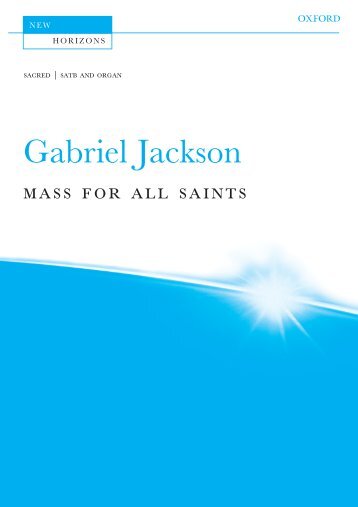


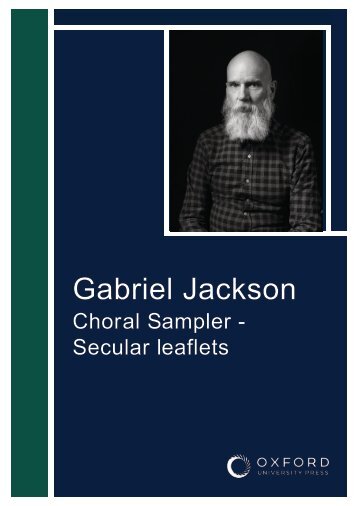

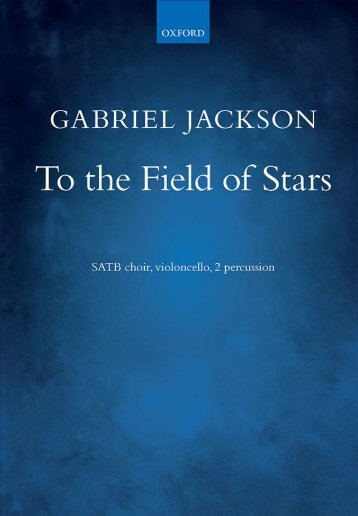
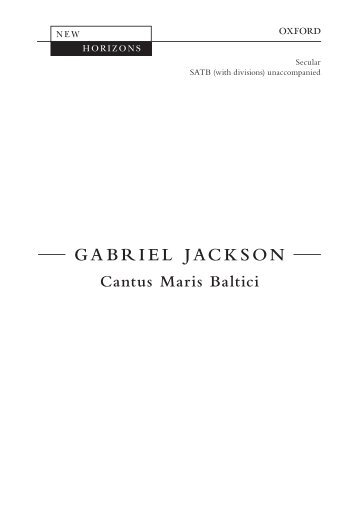
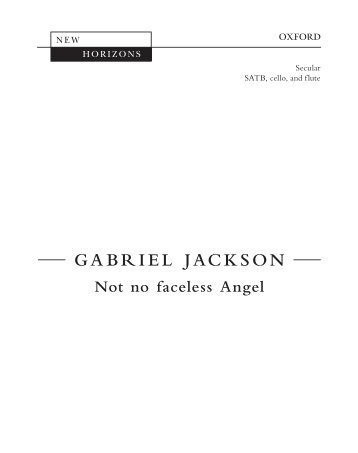
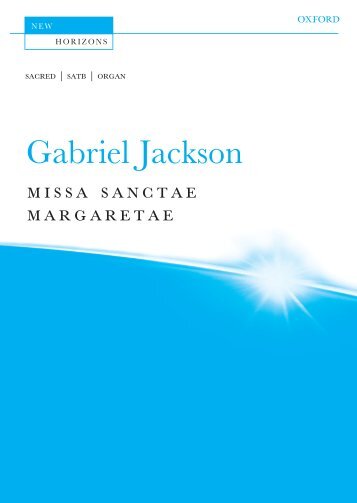
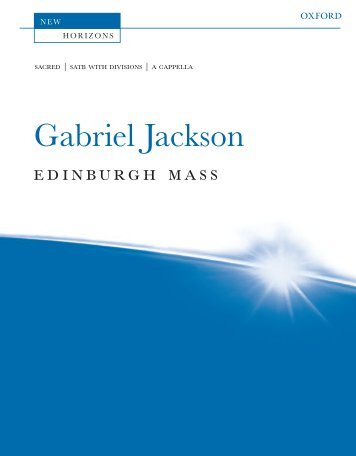



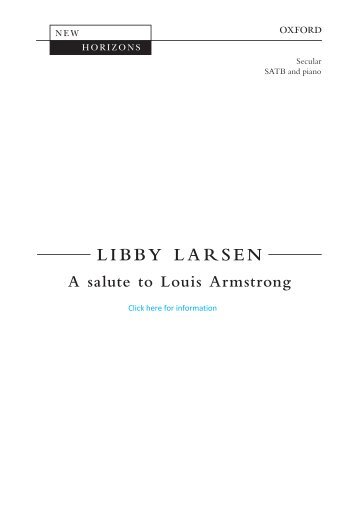


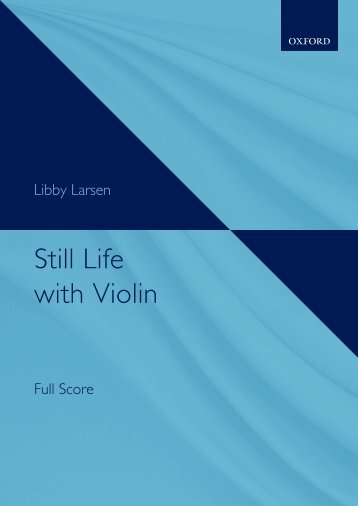
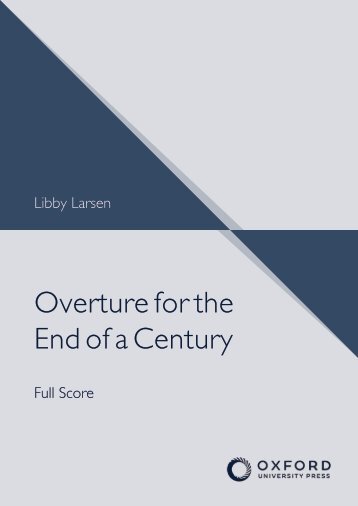




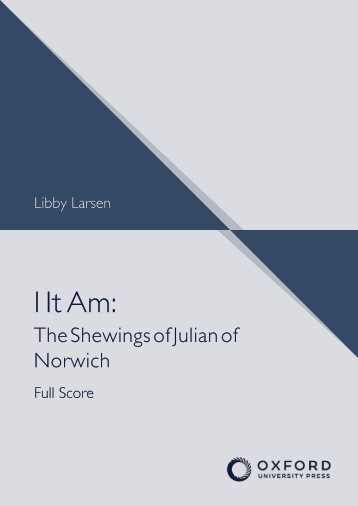

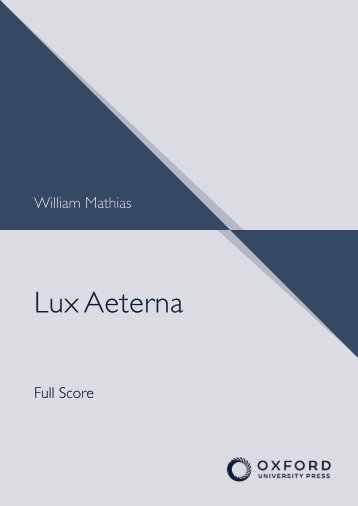









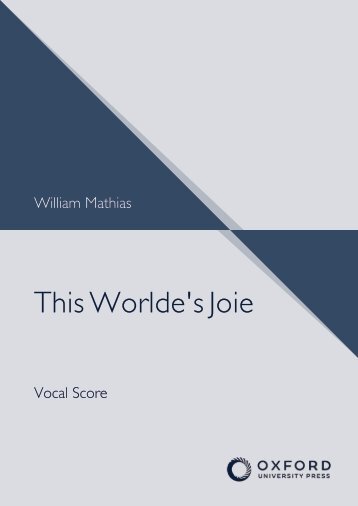

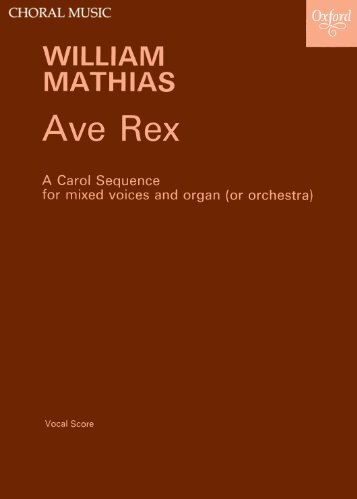



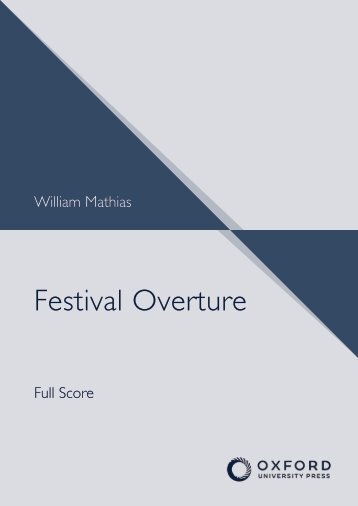

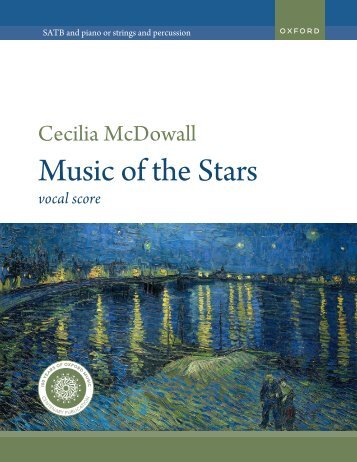
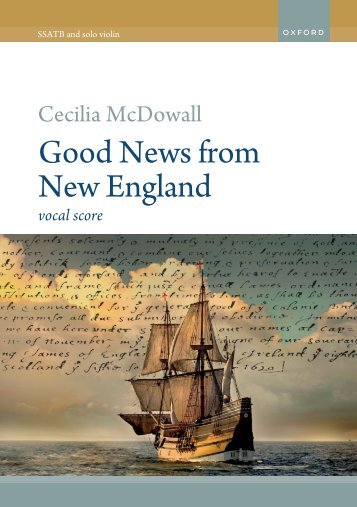



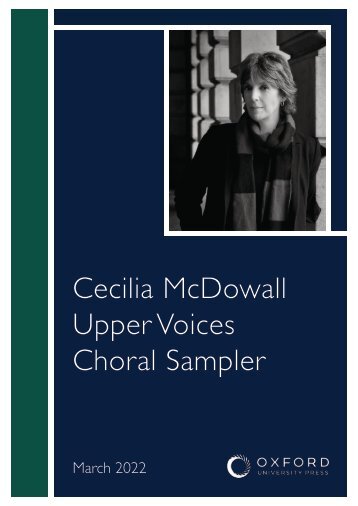
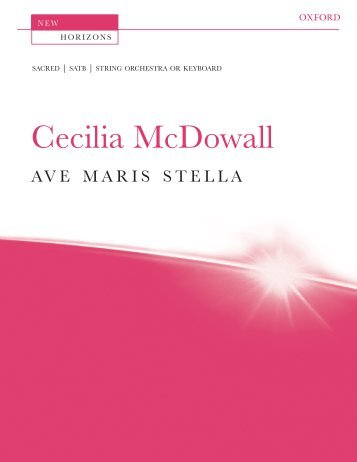
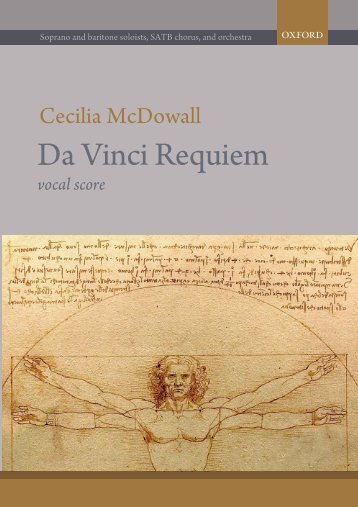
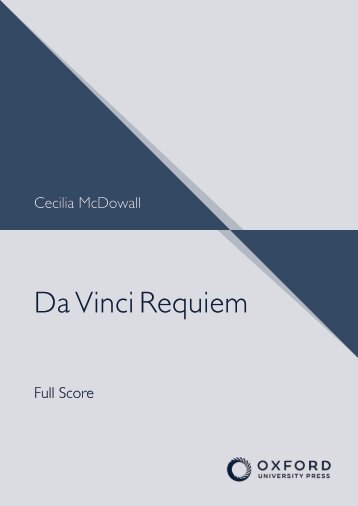
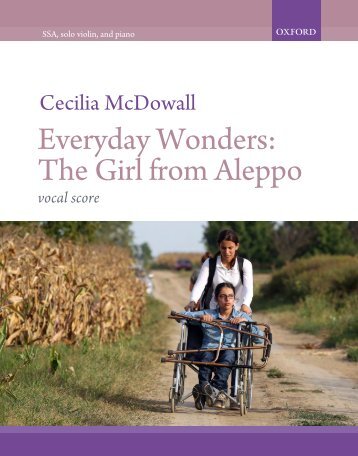
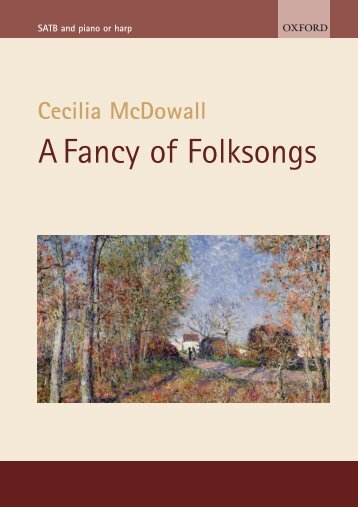


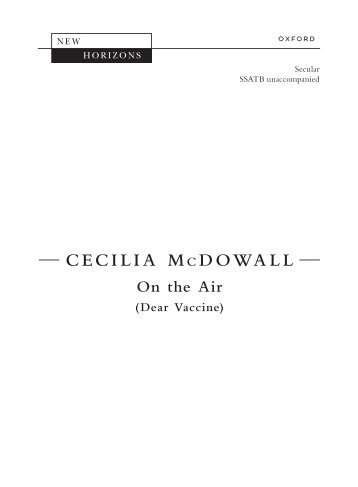
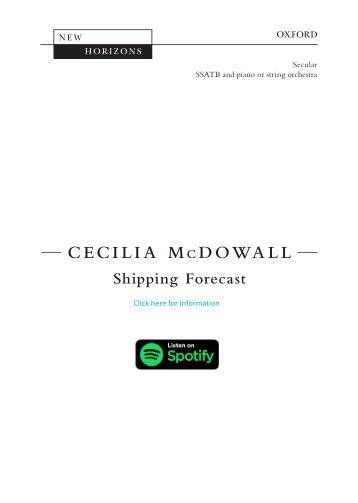
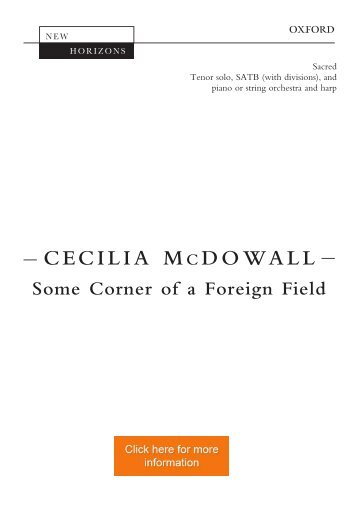

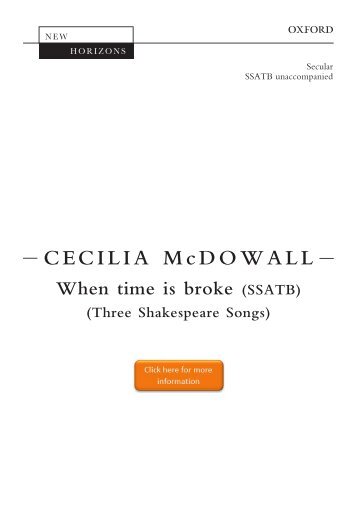
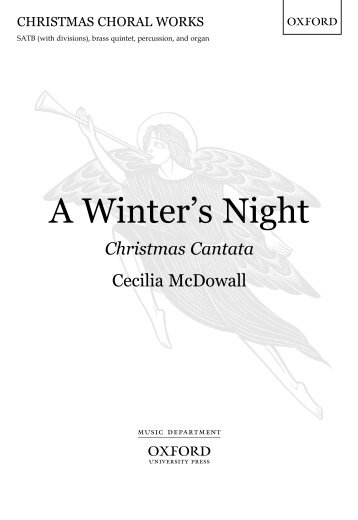
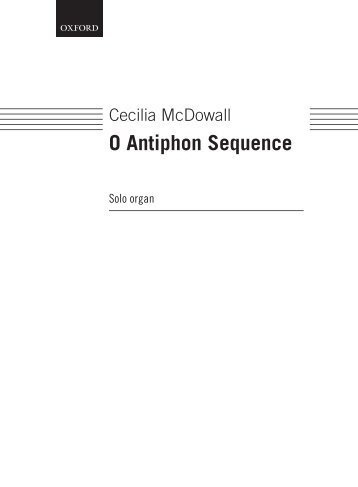

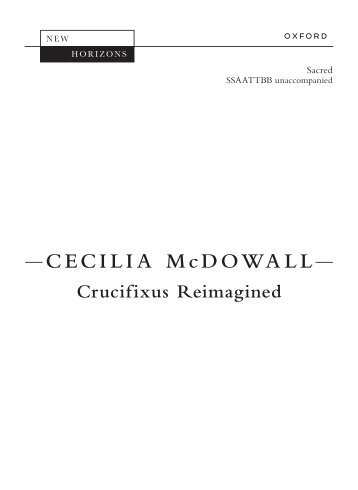
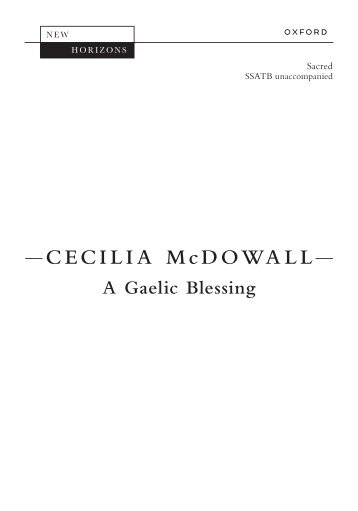
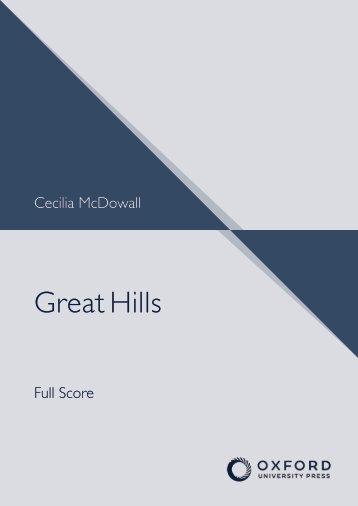

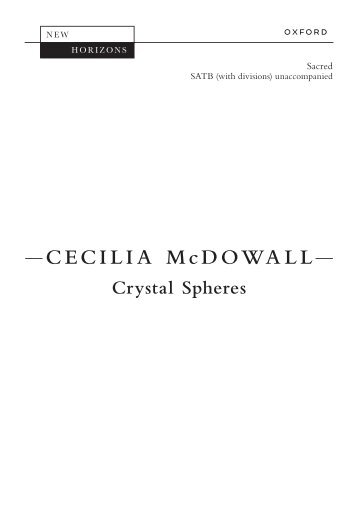
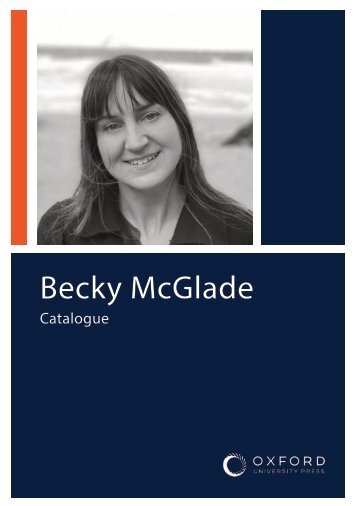
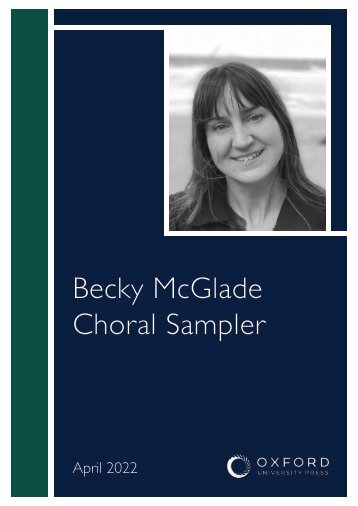
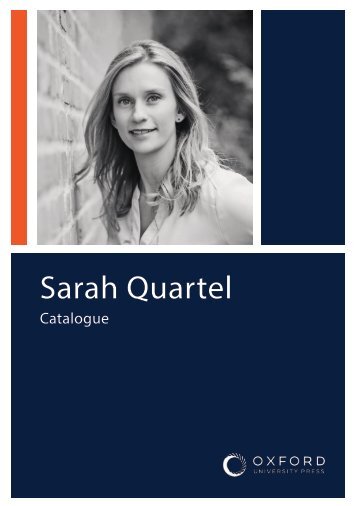

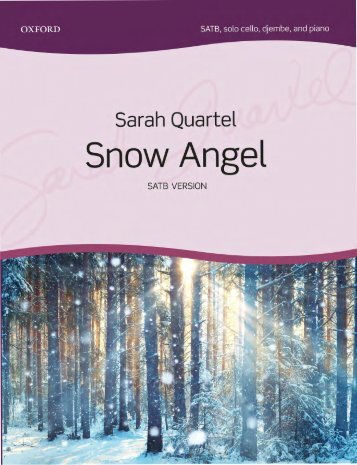
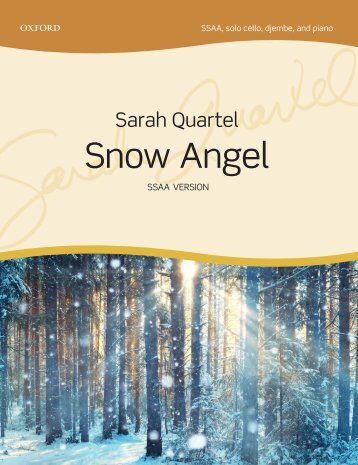
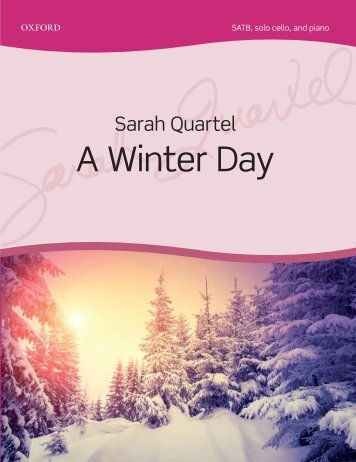
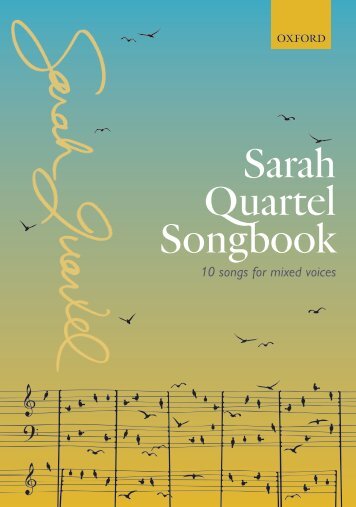
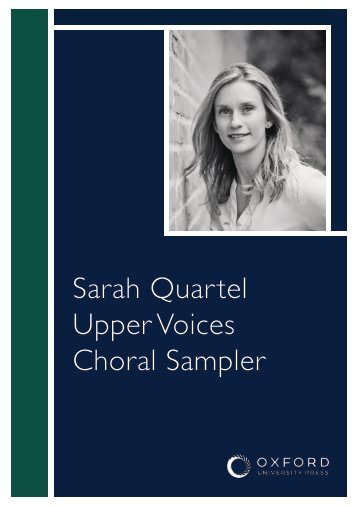
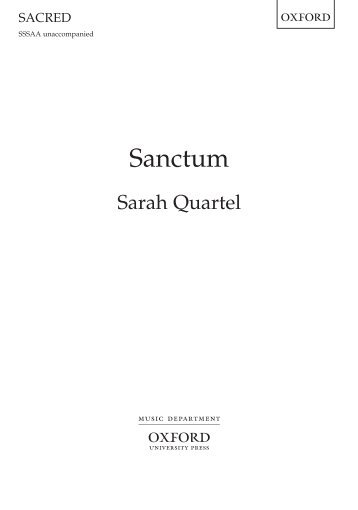


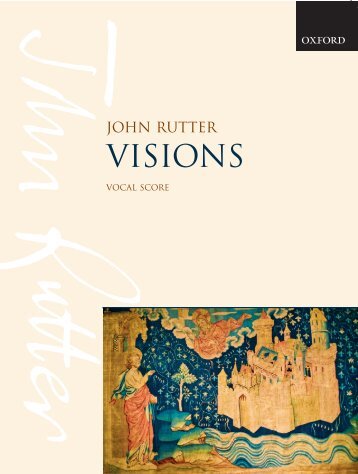
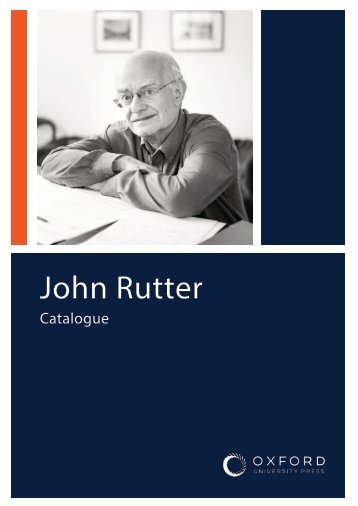
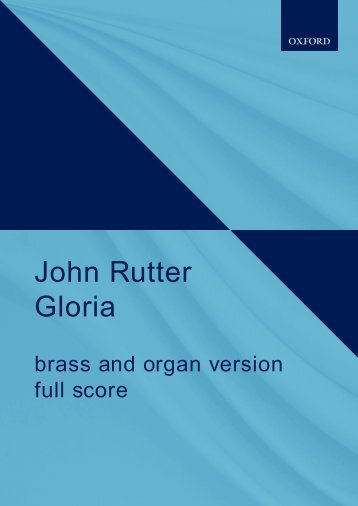
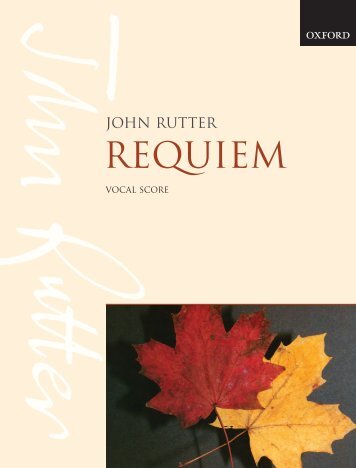

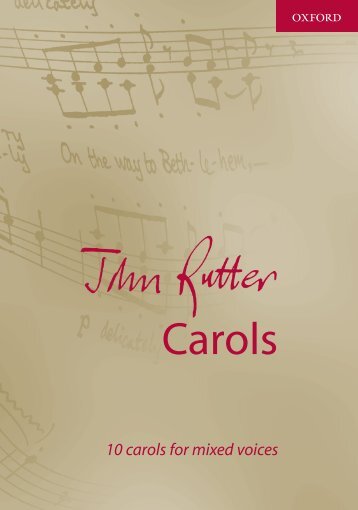
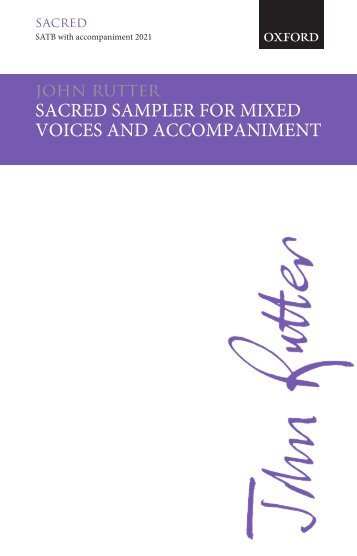
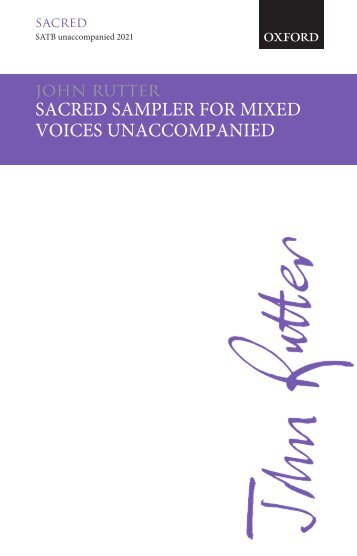
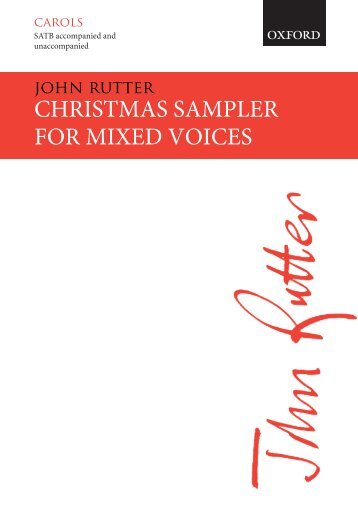
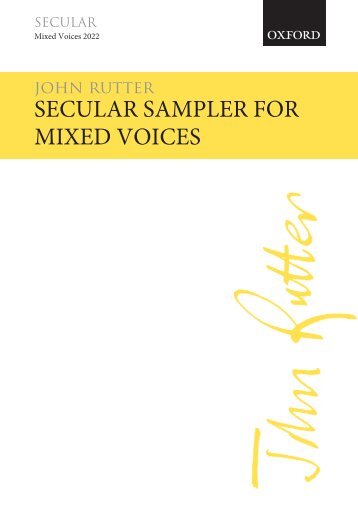
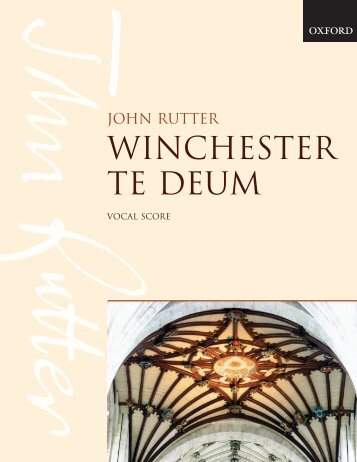
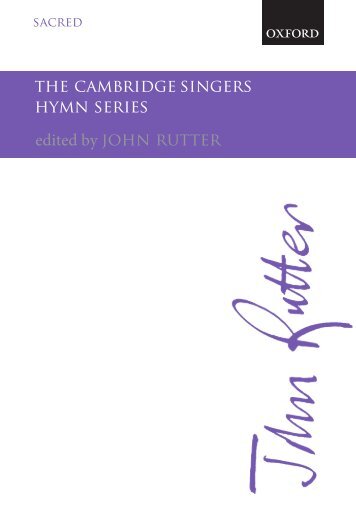
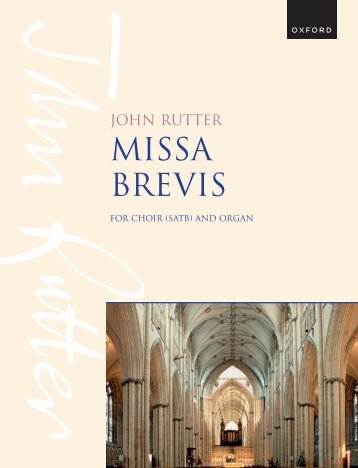
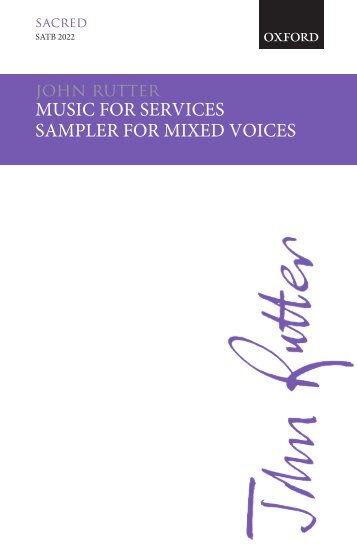
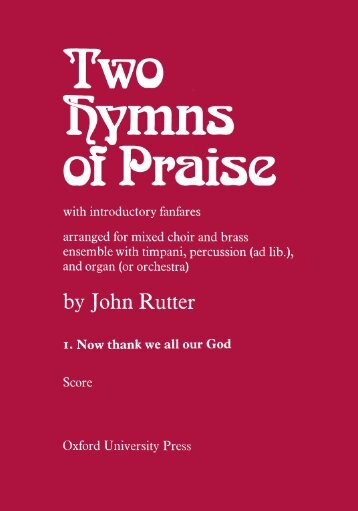

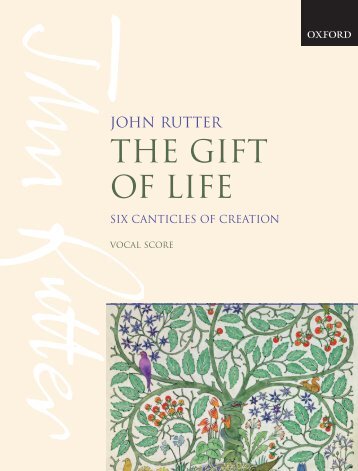
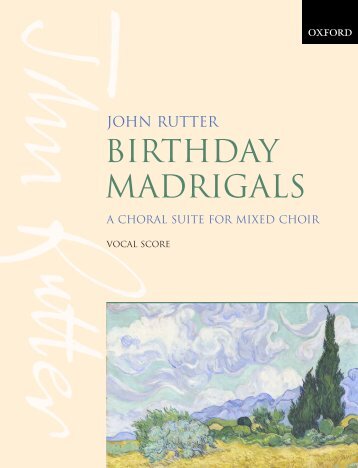
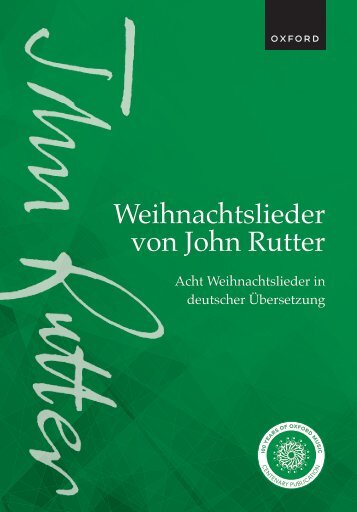
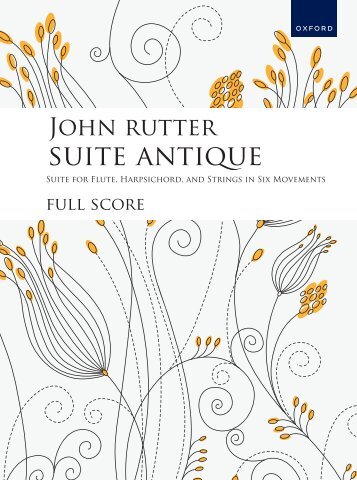
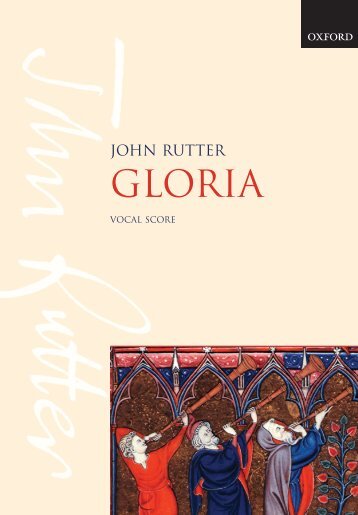
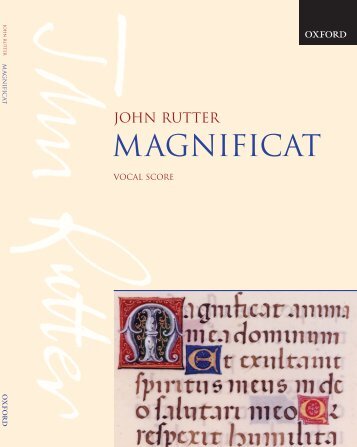
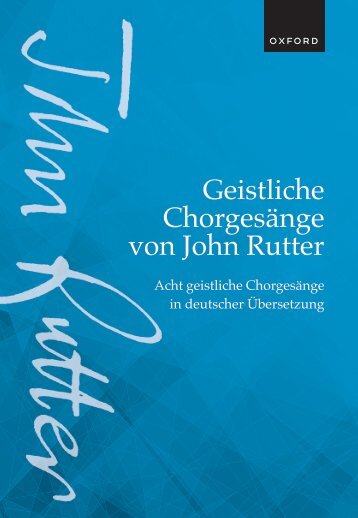
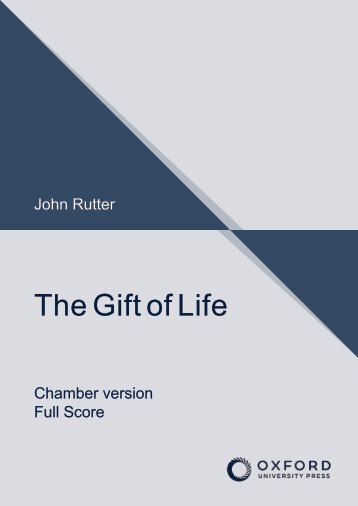
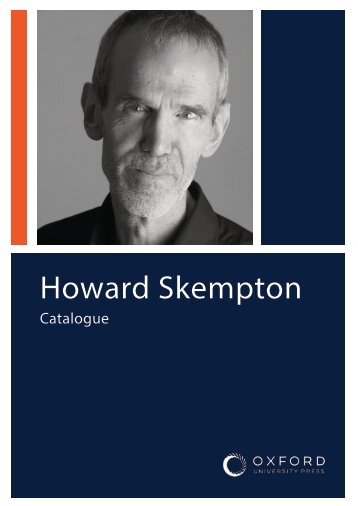


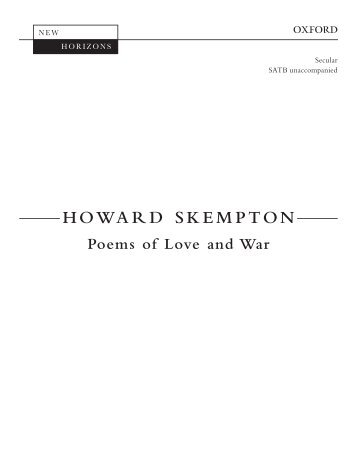

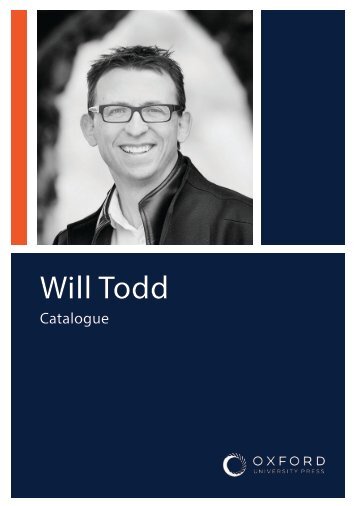
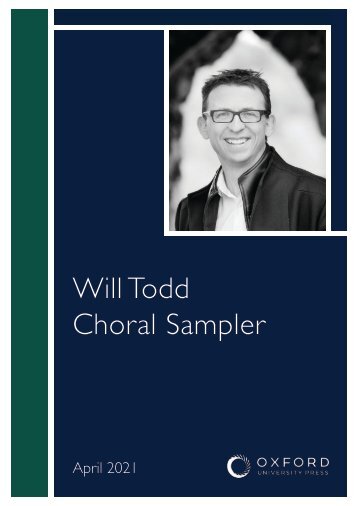
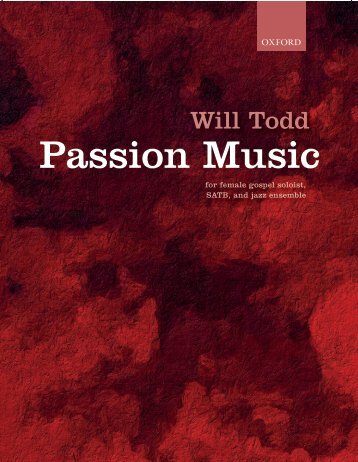
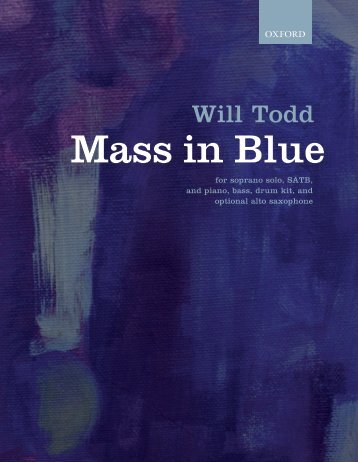
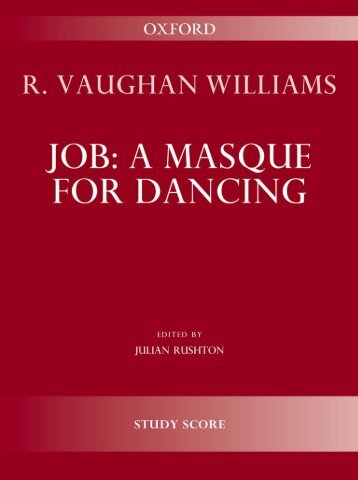

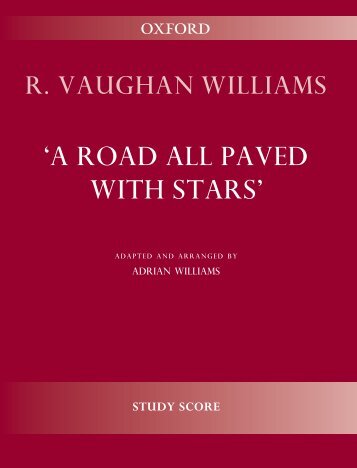
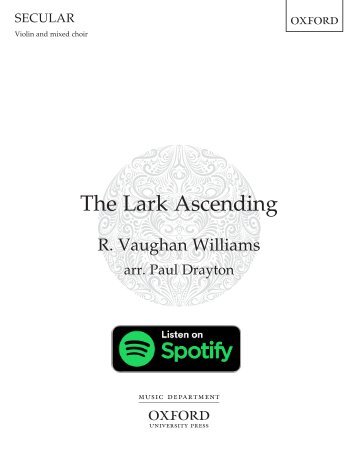

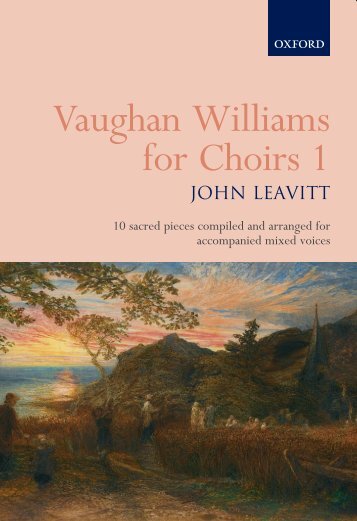
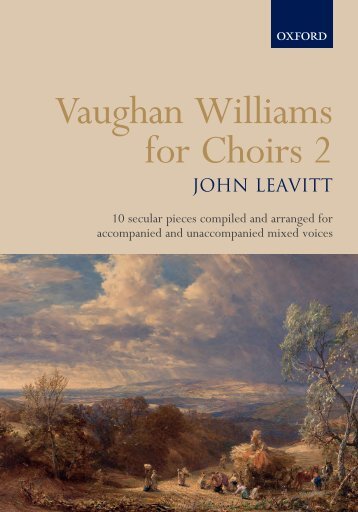

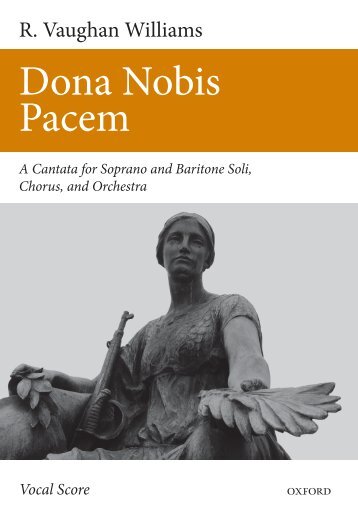
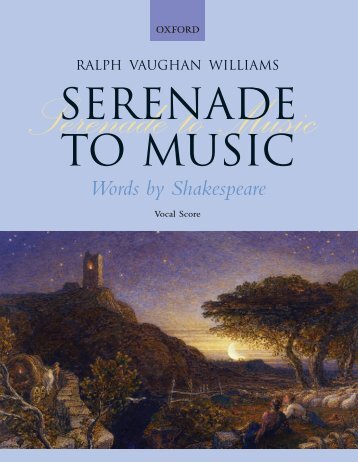
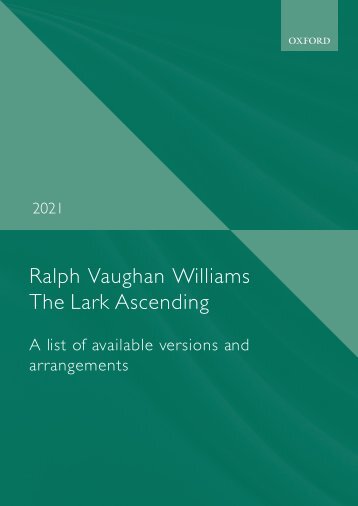

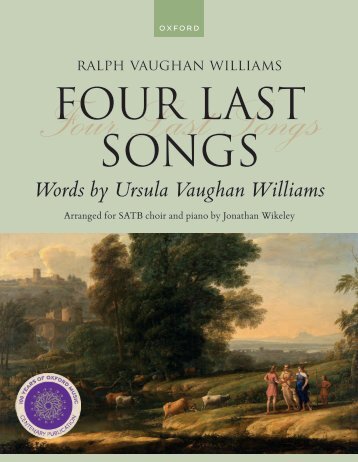

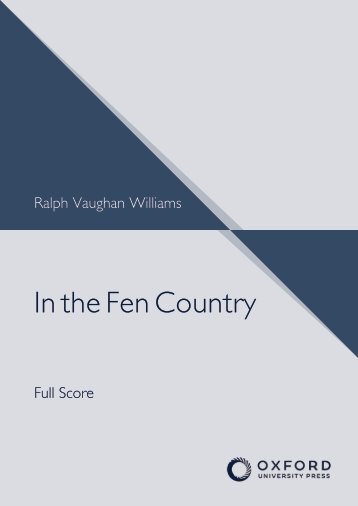
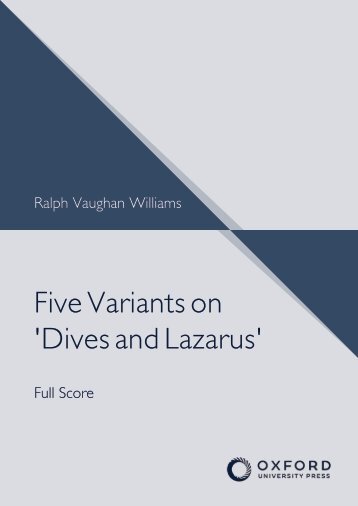
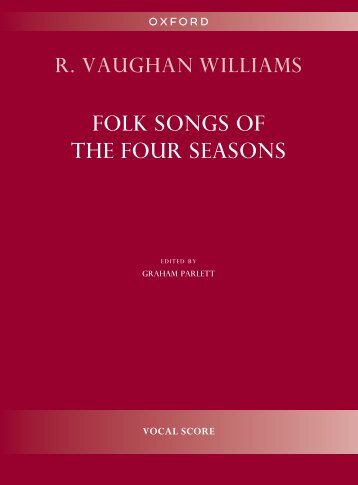




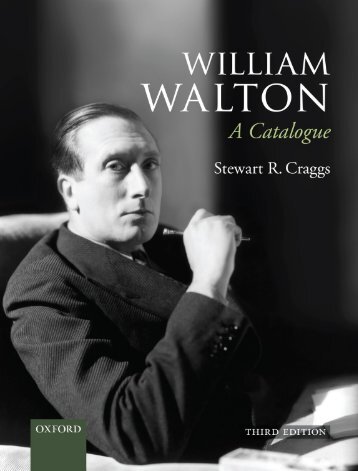



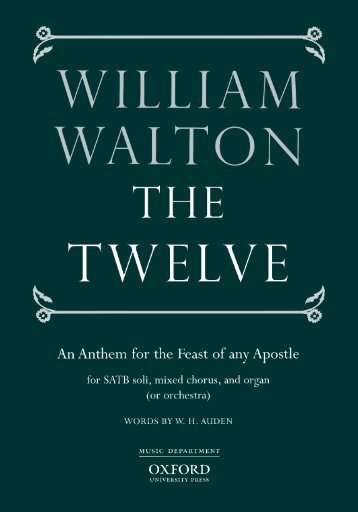


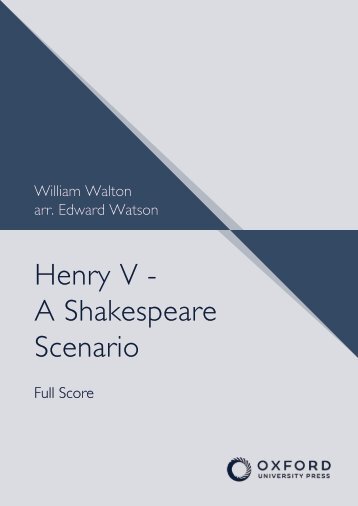






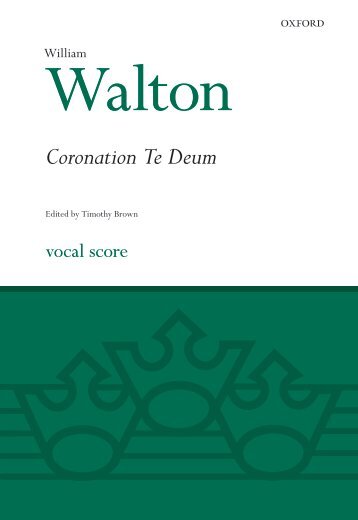
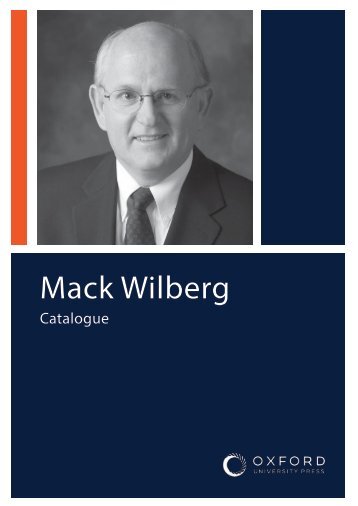
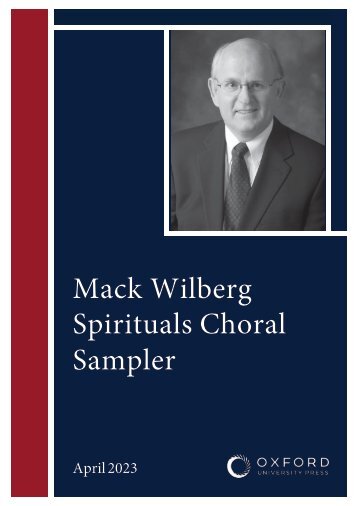
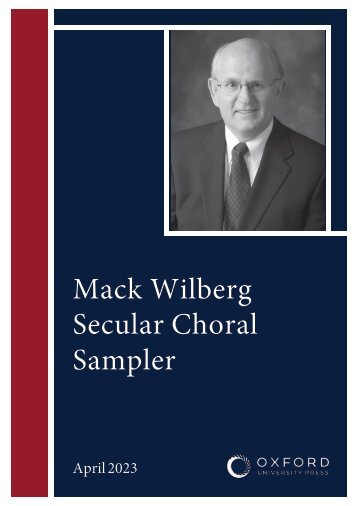




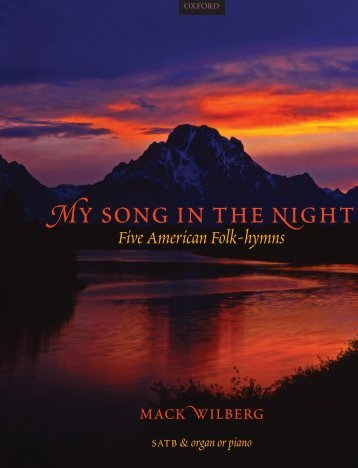
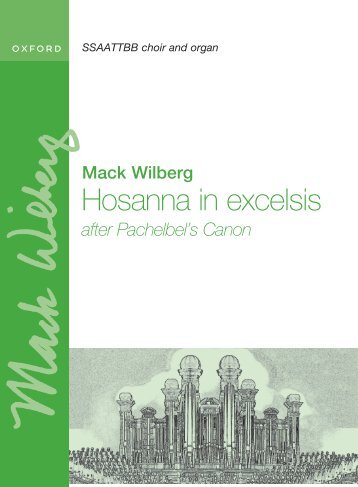


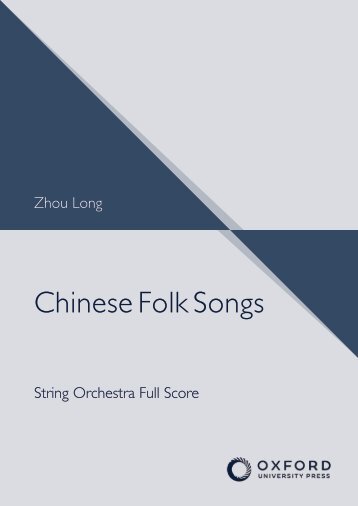

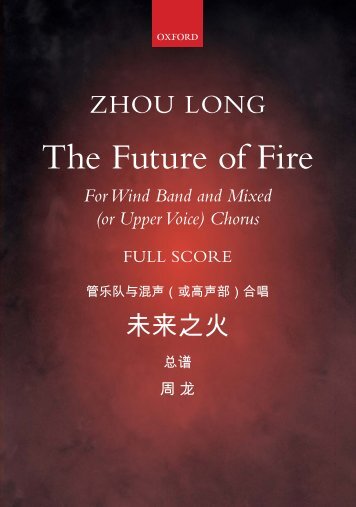





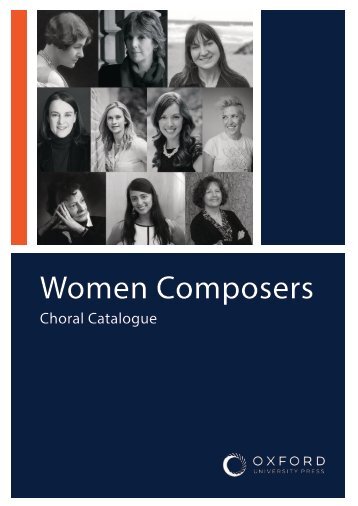

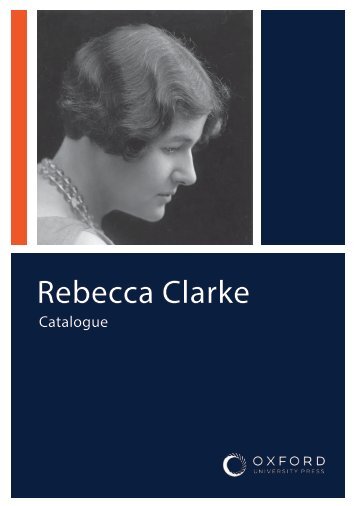

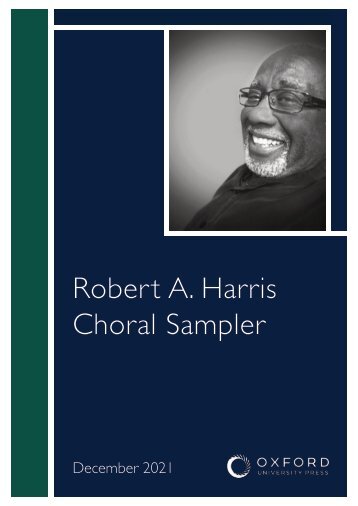
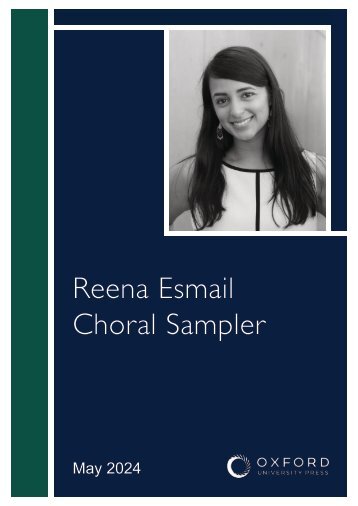
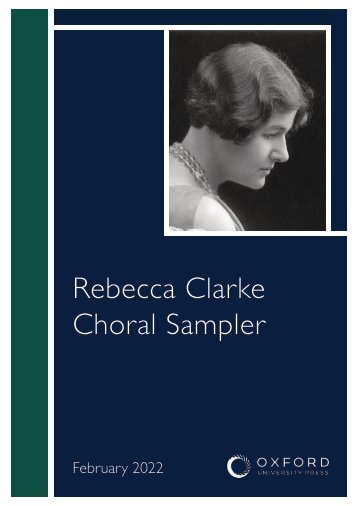
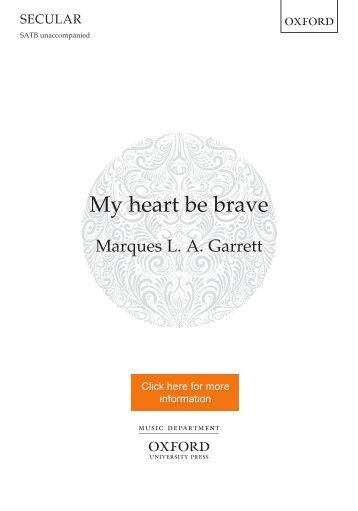
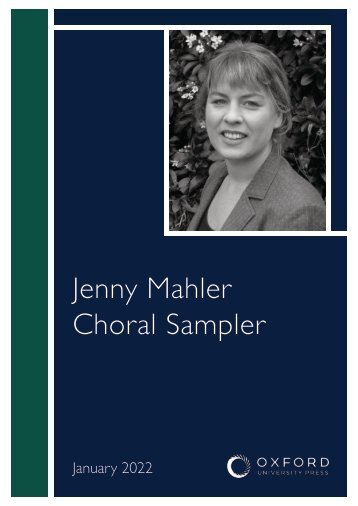
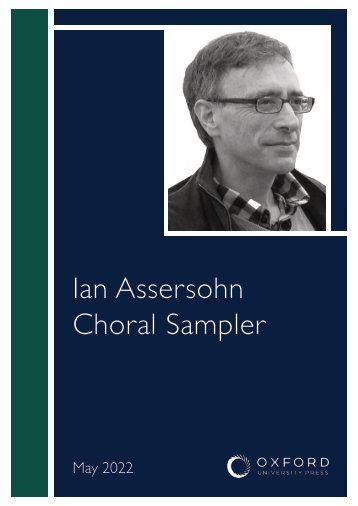
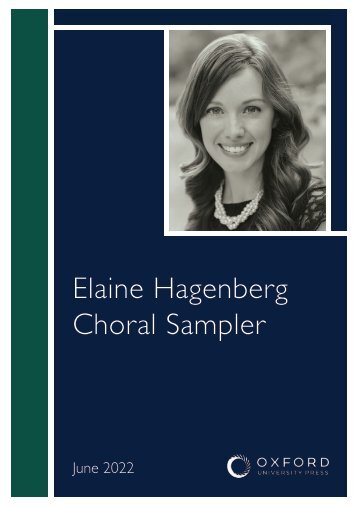
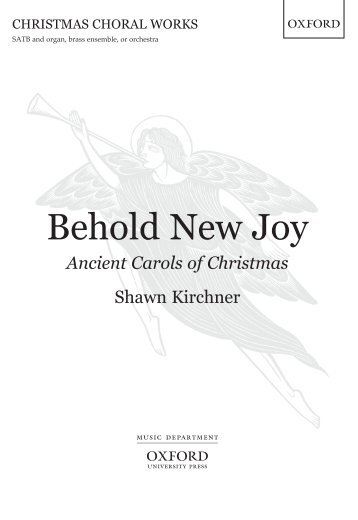
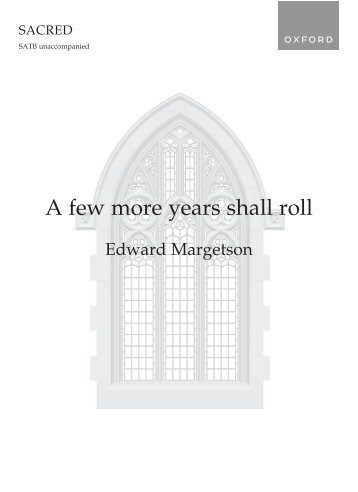
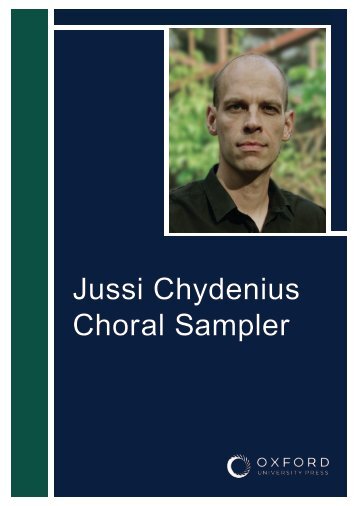


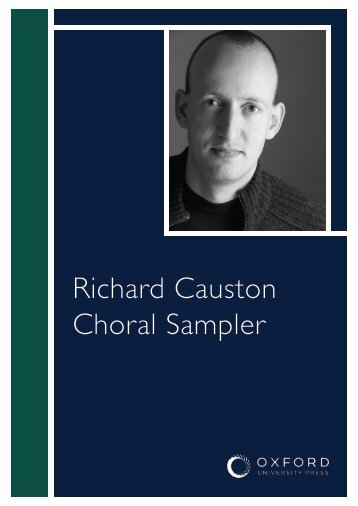
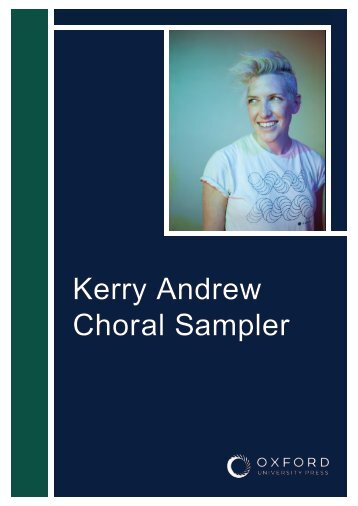
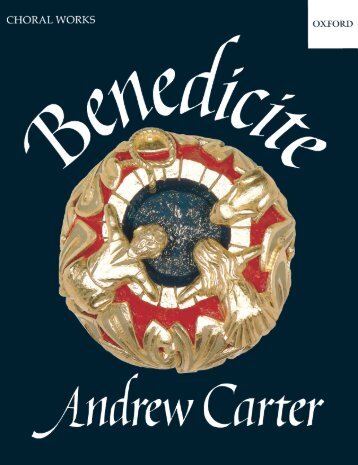
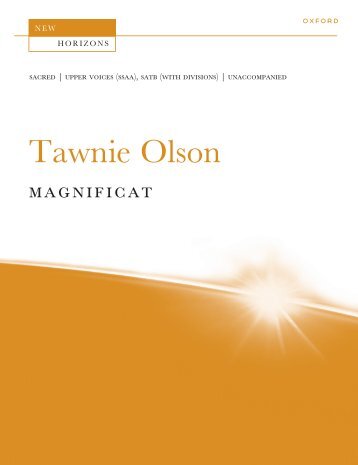


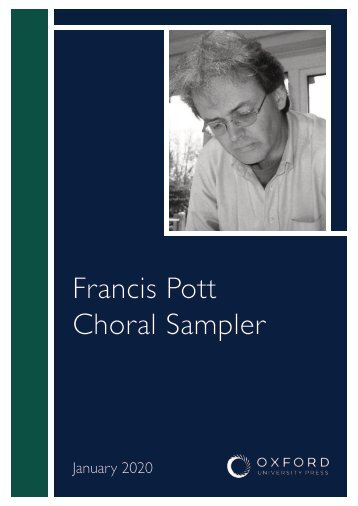

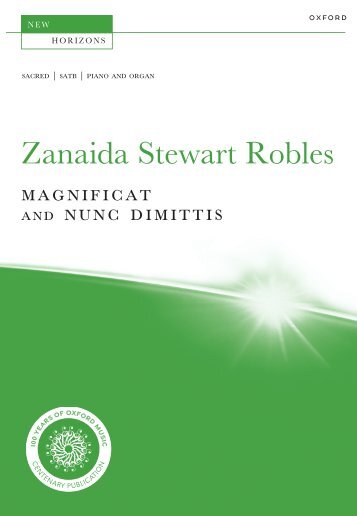

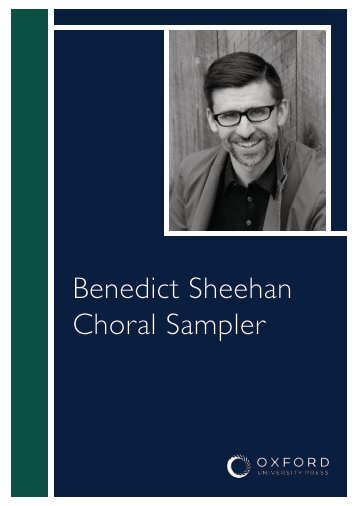
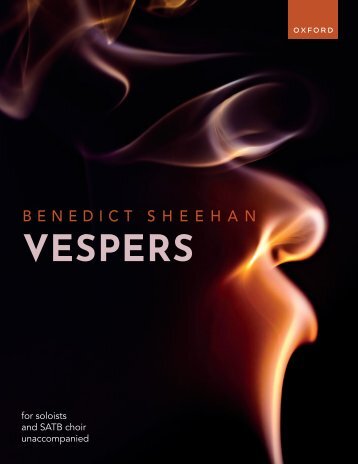


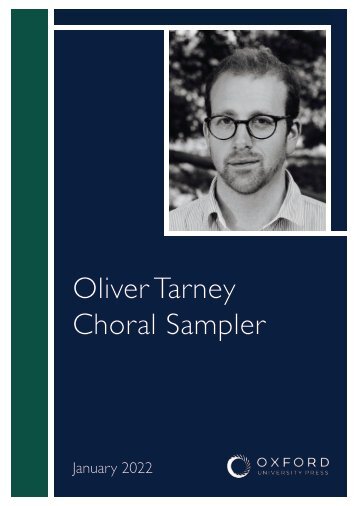

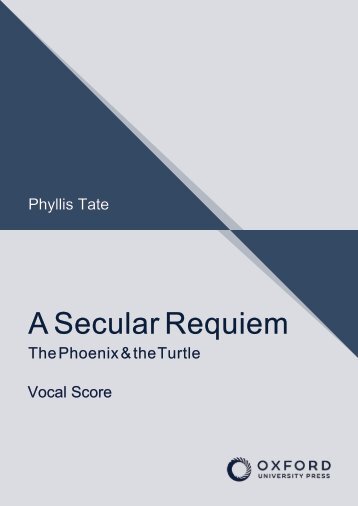
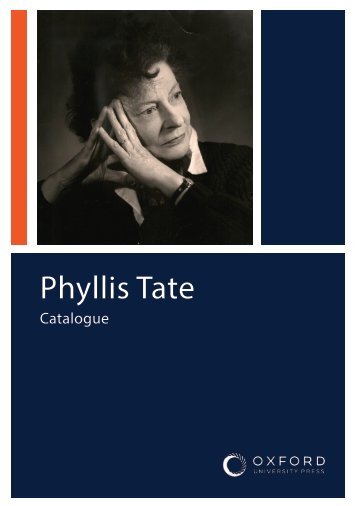
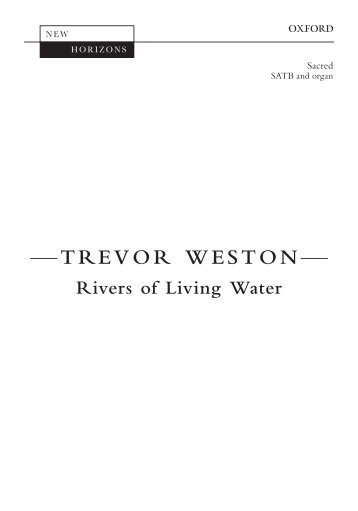
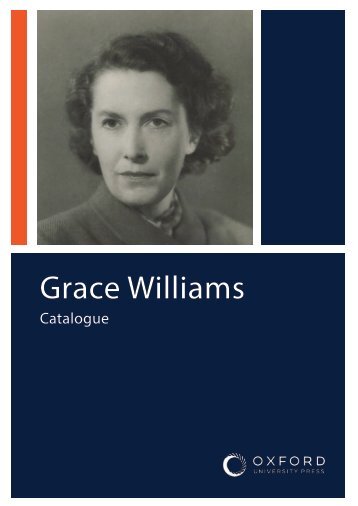
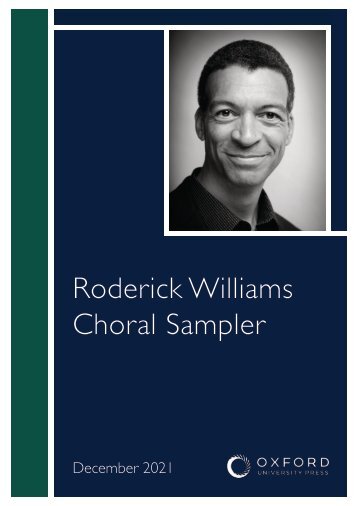
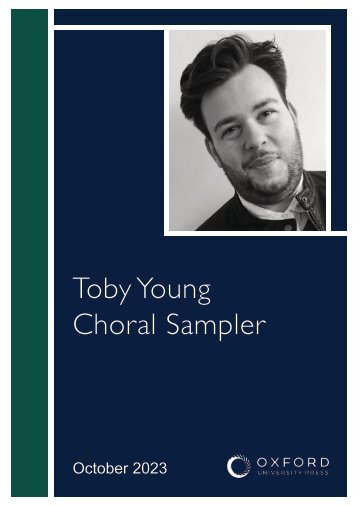


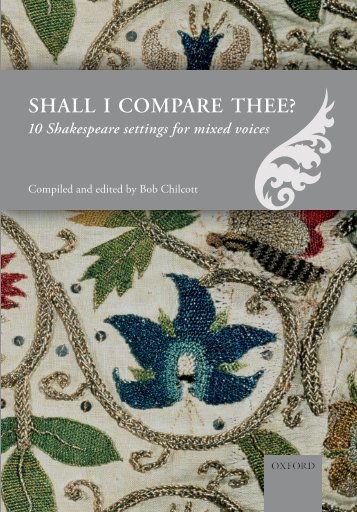
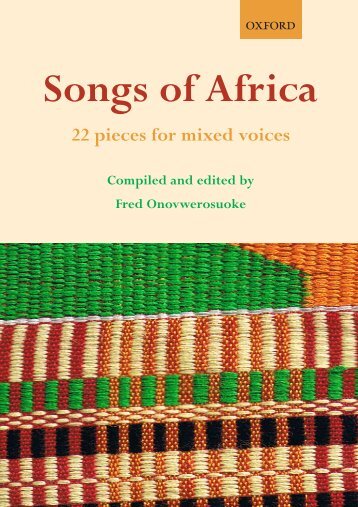



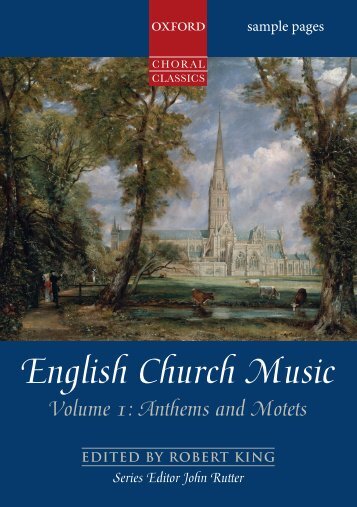
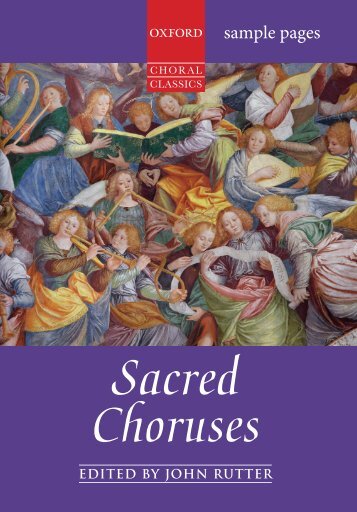

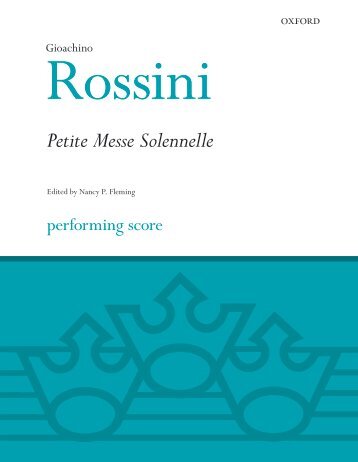
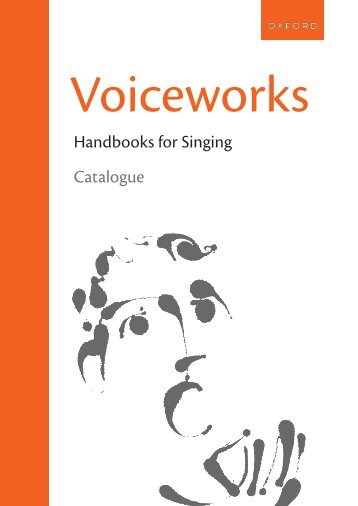



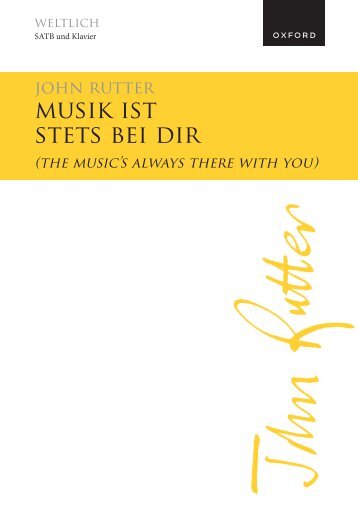
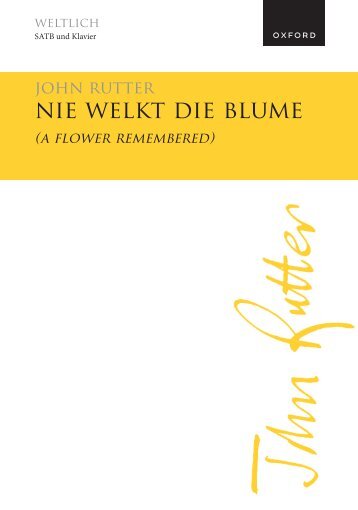

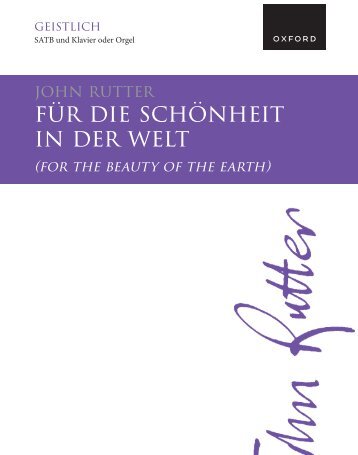
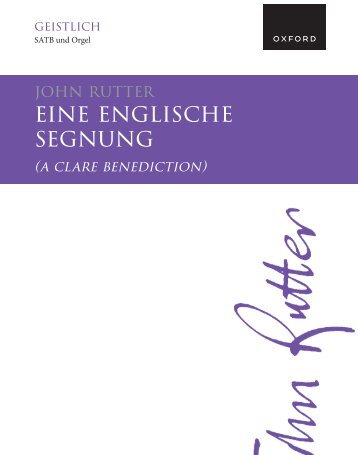

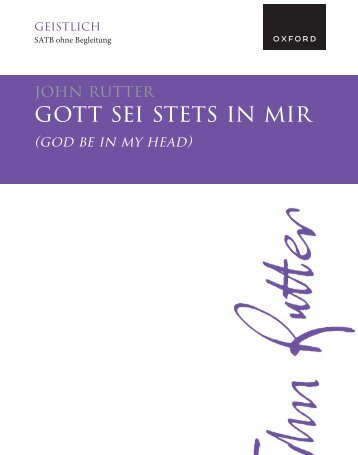


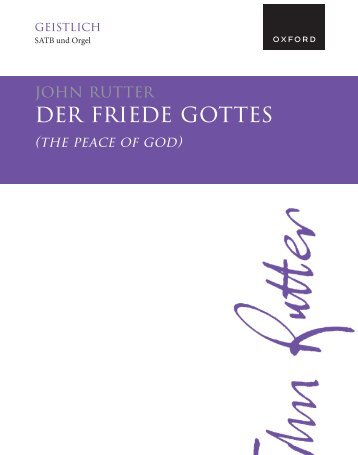

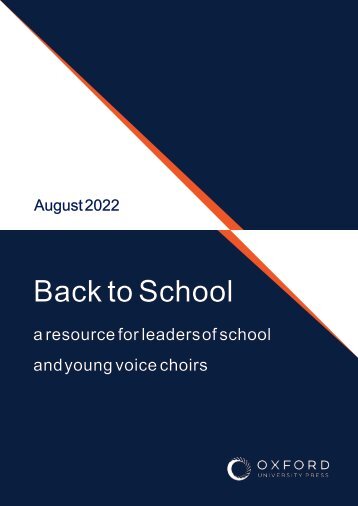
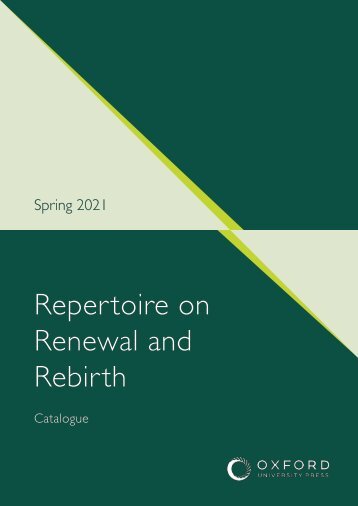
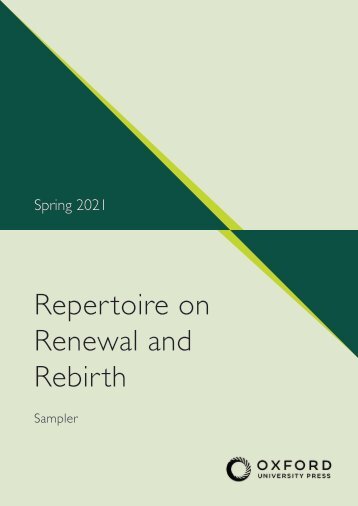
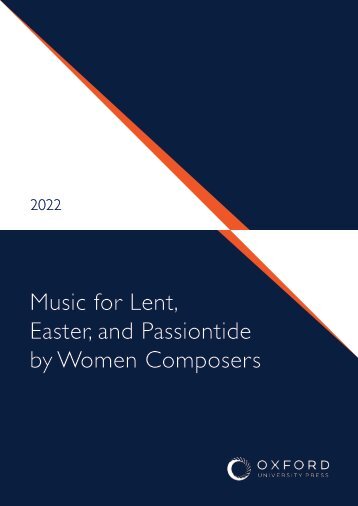
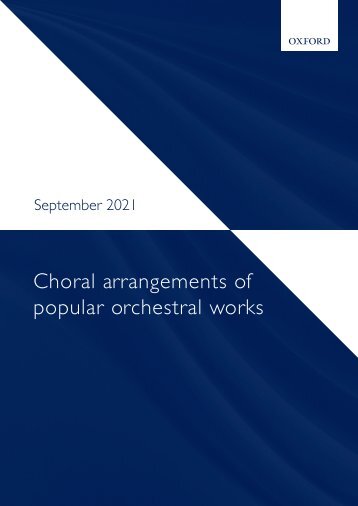
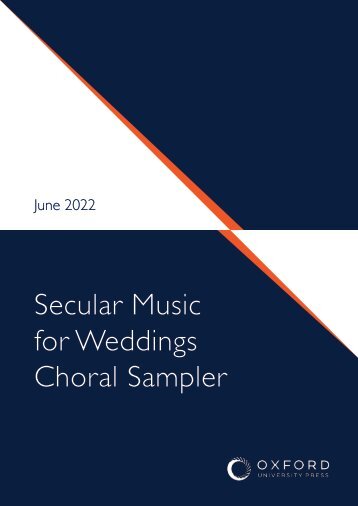

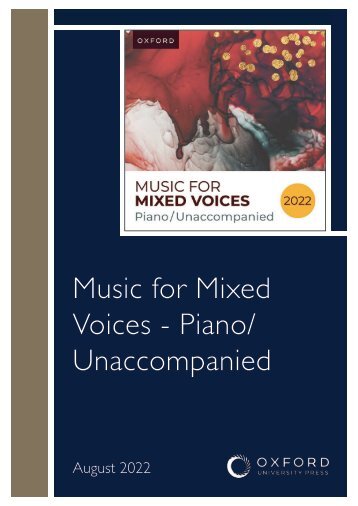
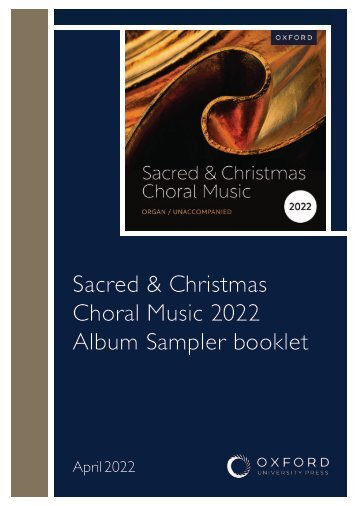
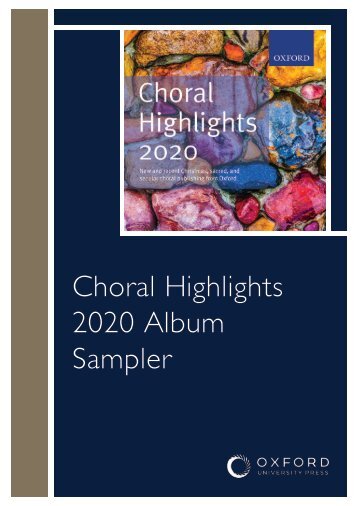
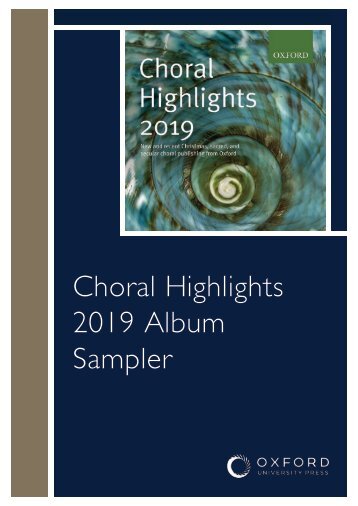
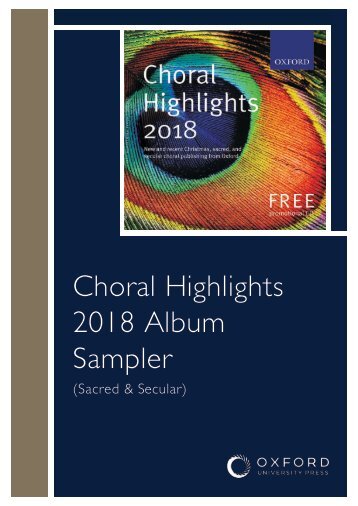

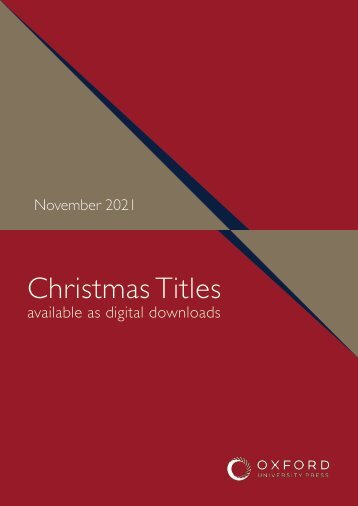
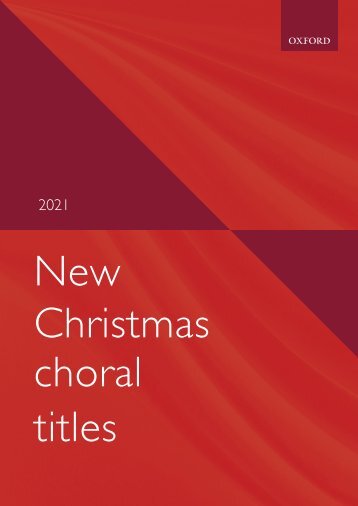
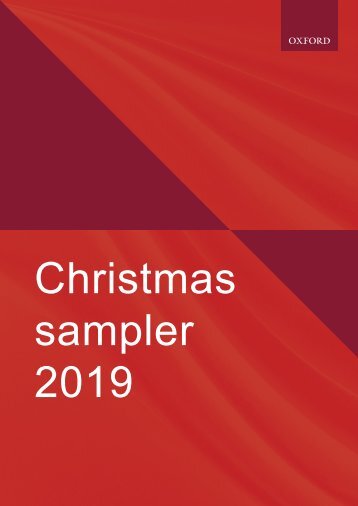
Facebook
Twitter
Email